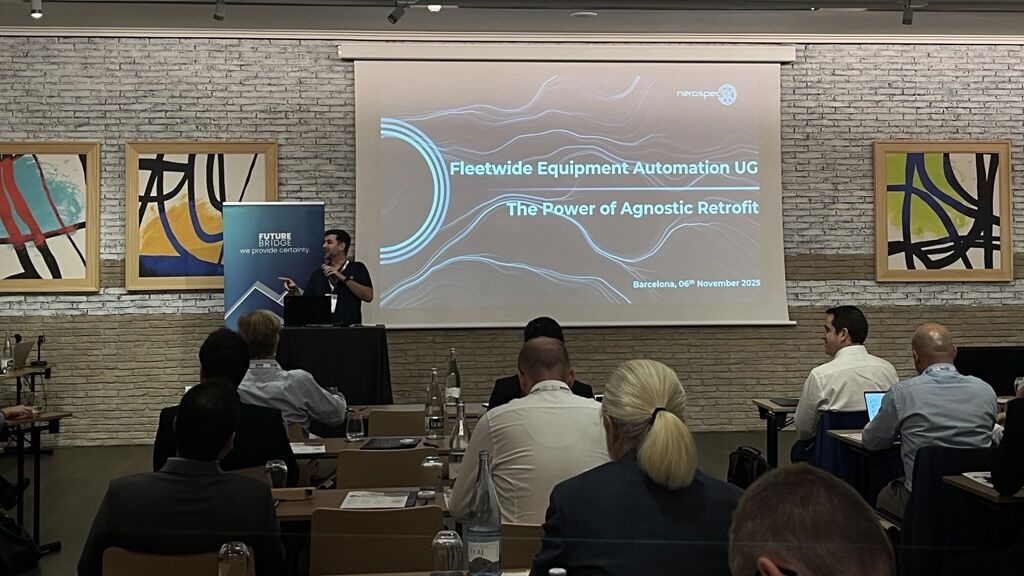
Recap: 8th Mining 4.0 Summit
The 8th Mining 4.0 Summit was a defining moment – loudly shifting the emphasis of the industry from incremental change to rapid transformation. In an
+420 777 317 665
#FutureBridgeMining

The 8th Mining 4.0 Summit was a defining moment – loudly shifting the emphasis of the industry from incremental change to rapid transformation. In an
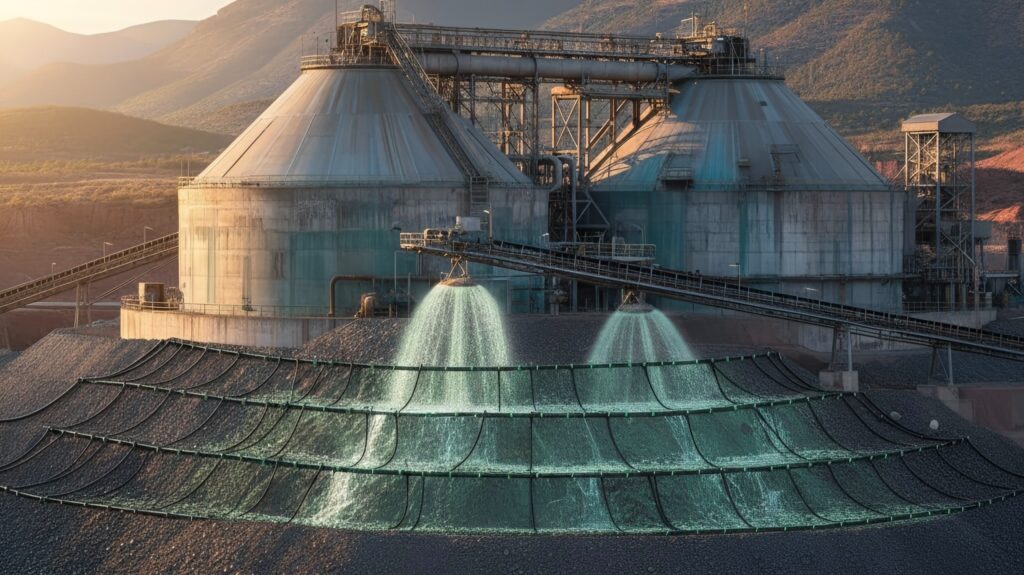
If you walk into modern Spanish mines today, the scene might surprise you. Instead of just heavy machinery, you’ll find tiny/specially designed microbes & smart
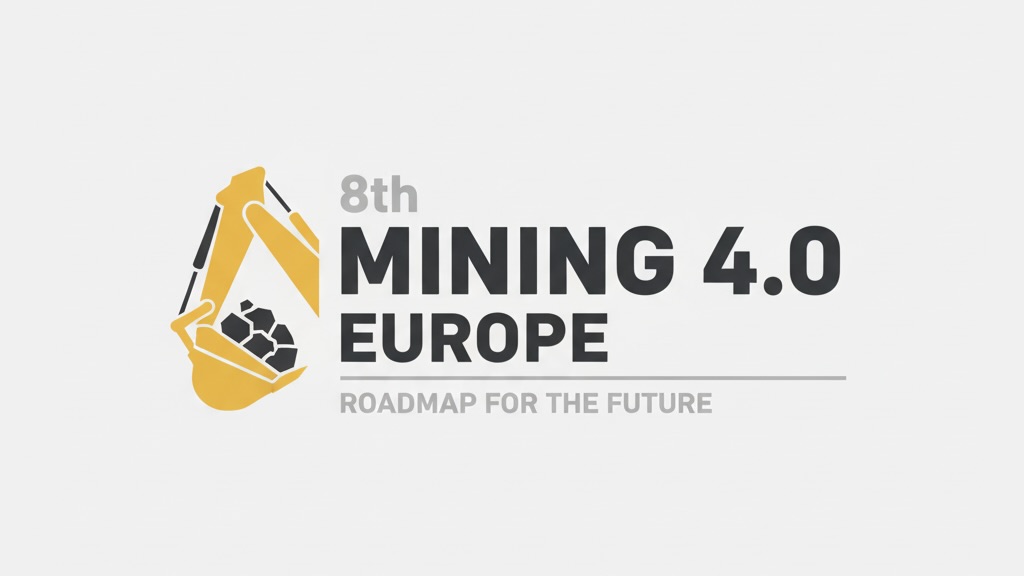
The 8th Mining 4.0 Summit in Barcelona is not merely an industry event; it is a vital convergence point that is needed to undergo the
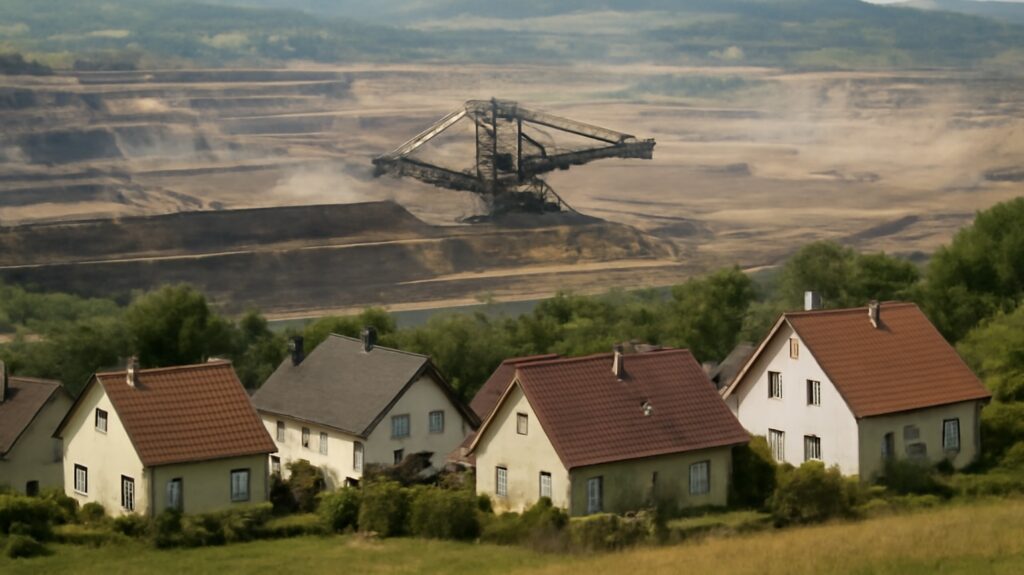
Ever wonder what keeps everything running? The minerals that power clean energy and tech don’t just show up on their own. They come from European
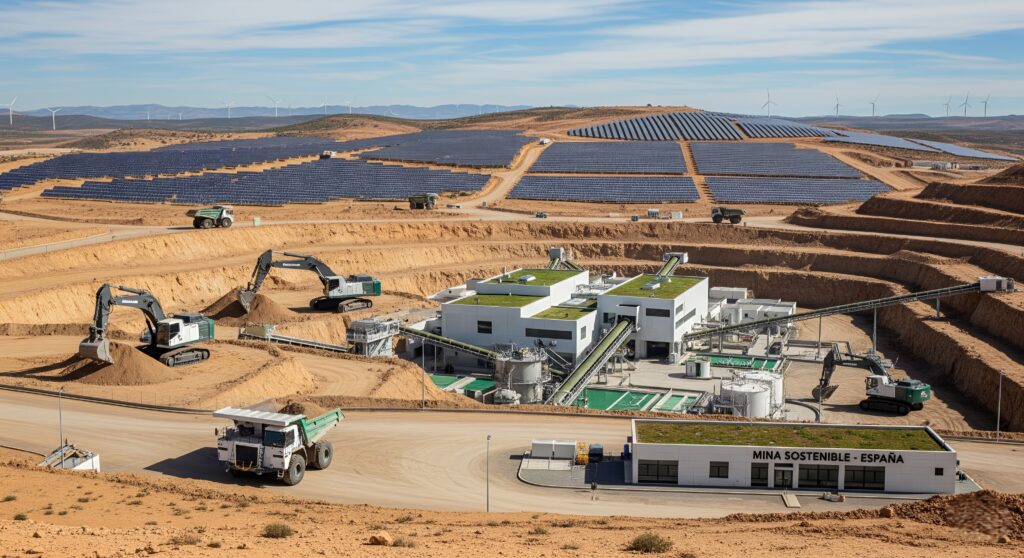
If you’re following the news, you’ll be familiar with the new Spain Mining Law updates and the way the EU’s Critical Raw Materials Act (CRMA)
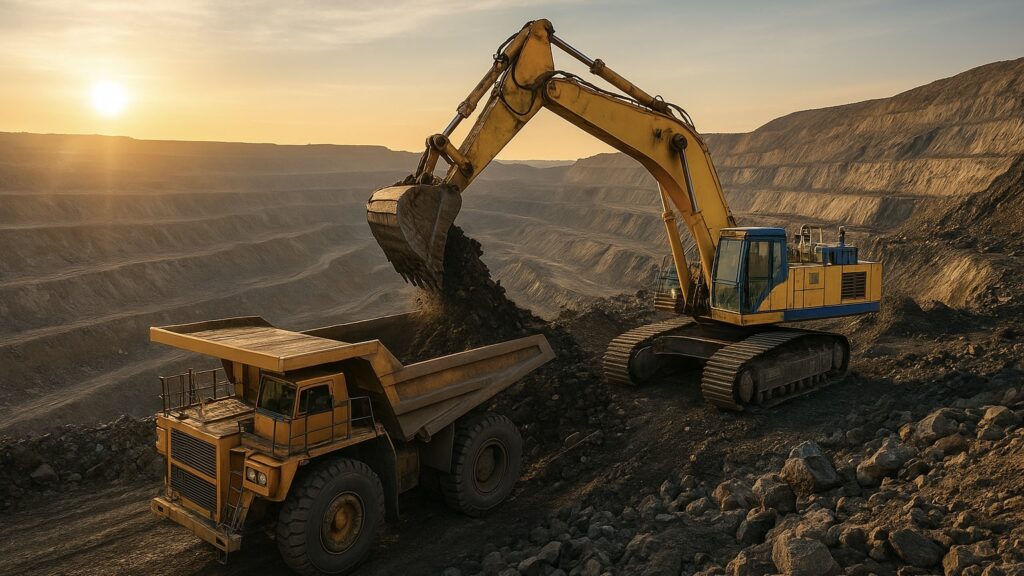
The Critical Raw Materials Act (CRMA) is here, and it’s not one of those basic policy updates. It is rather a complete rewiring of Europe’s

Abandoned mines promise revolutionary energy storage. The underground cavities that once symbolized industrial decline are now strategic resources for renewable energy infrastructures. Mining communities all
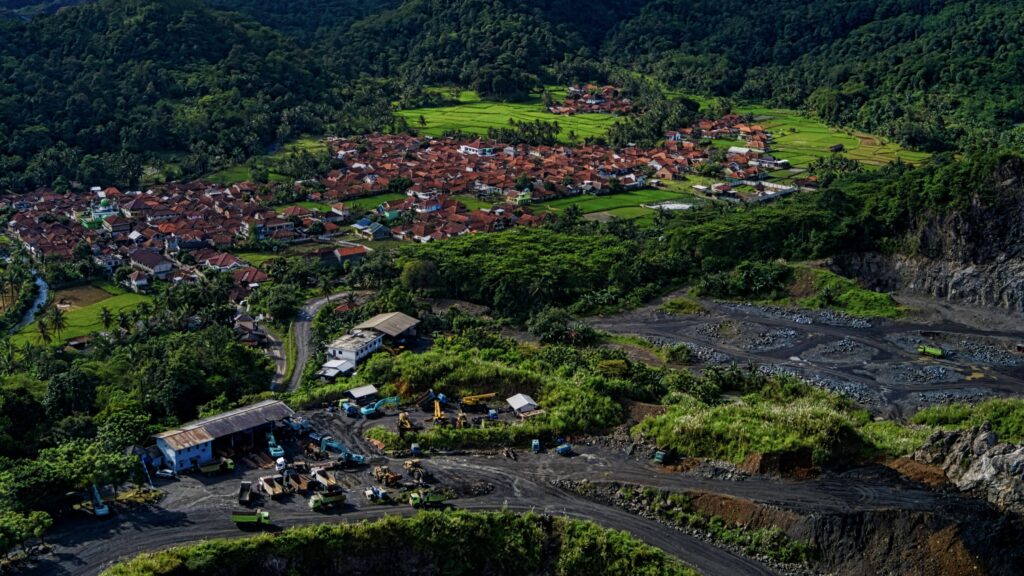
Mining operations have historically left scarred landscapes/ degraded ecosystems. It challenges the industry to create rehabilitation options. Modern land reclamation represents a paradigm shift from
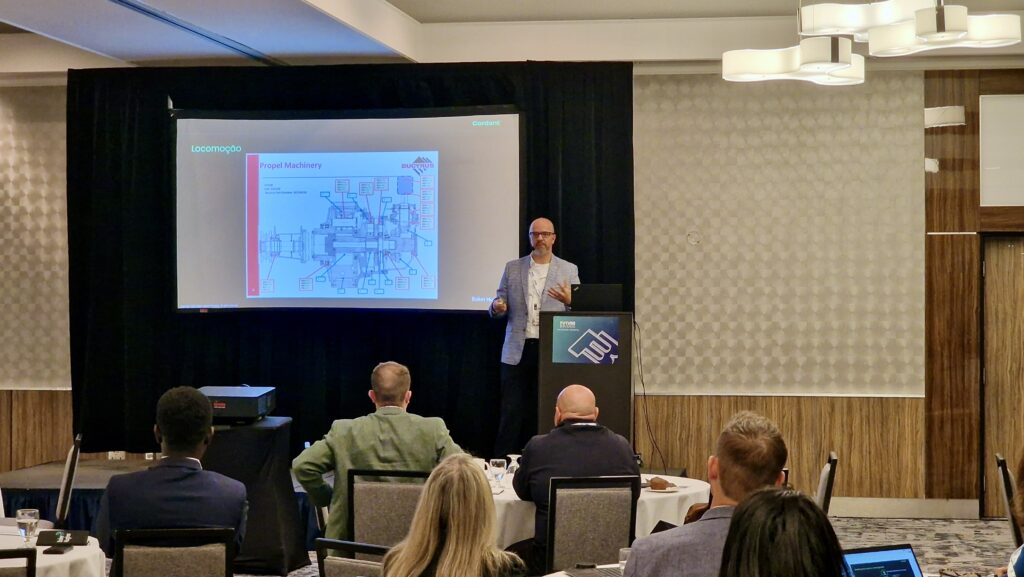
The 7th Mining 4.0 Summit on April 29-30, 2025, in Toronto, Canada, brought together industry leaders, innovators, & experts. They discussed the future of mining,
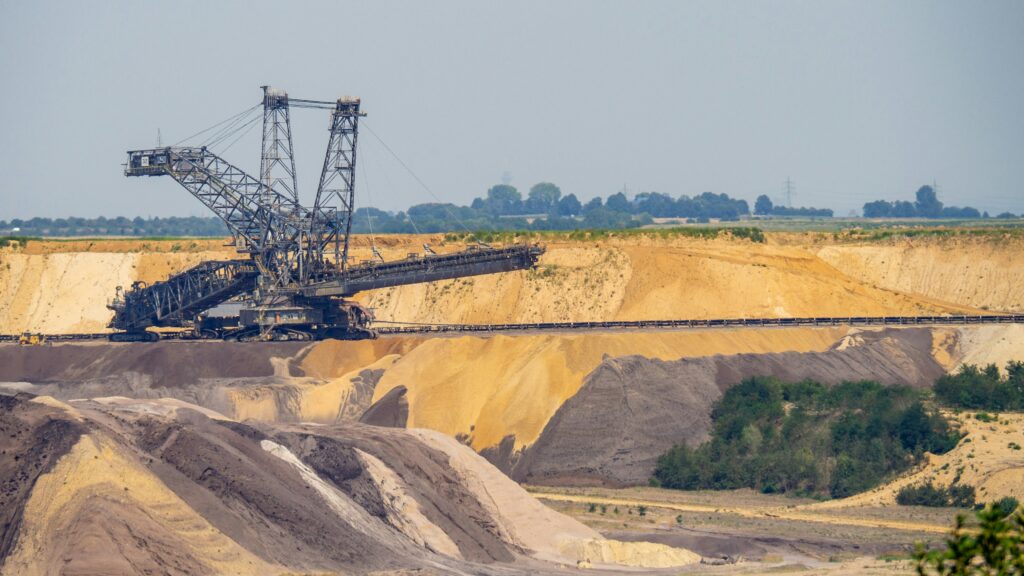
The tough working environment in the mining industry poses a serious safety concern. It varies from potential equipment failure to environmental factors like dangerous gases

3D ore body visualization is proof of the progress made in the mining sector. It translates geological information into interactive models. These models reveal mineral
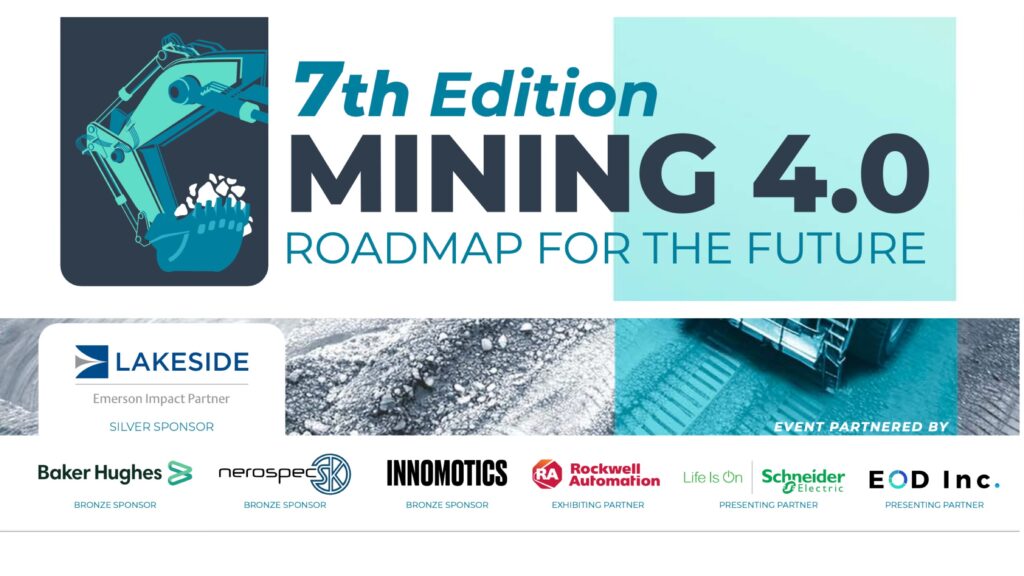
Did you know that over 90% of operating mines today are investing heavily in AI & autonomous technologies? This reflects a gigantic technological revolution in
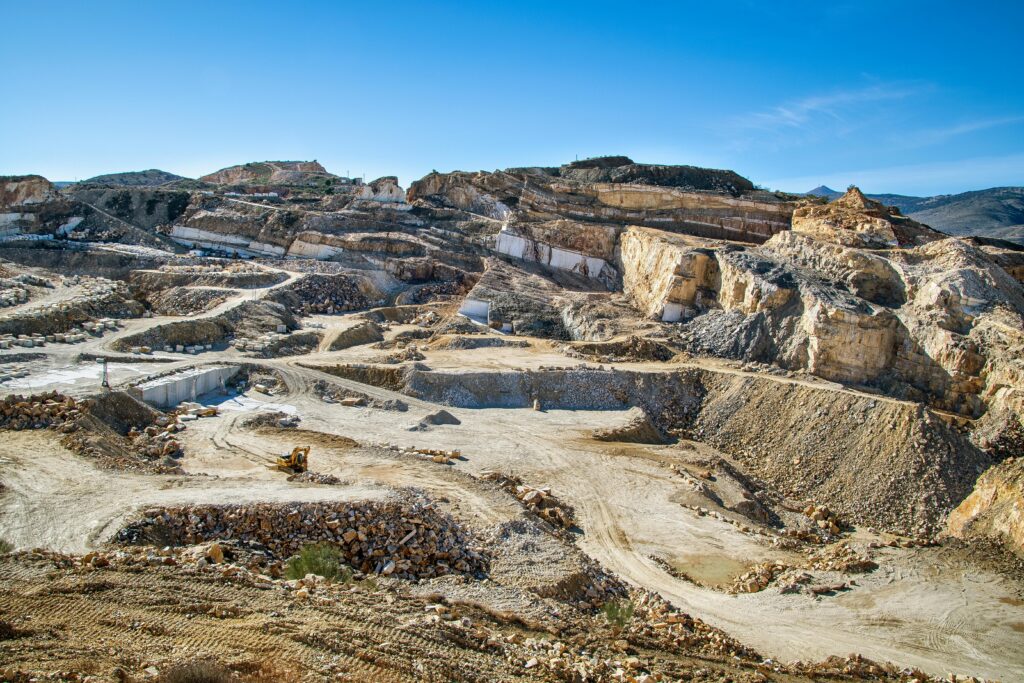
Virtual reality (VR) is being used as an innovative technological solution for addressing the main safety concerns in mining. With the risks of the workplace
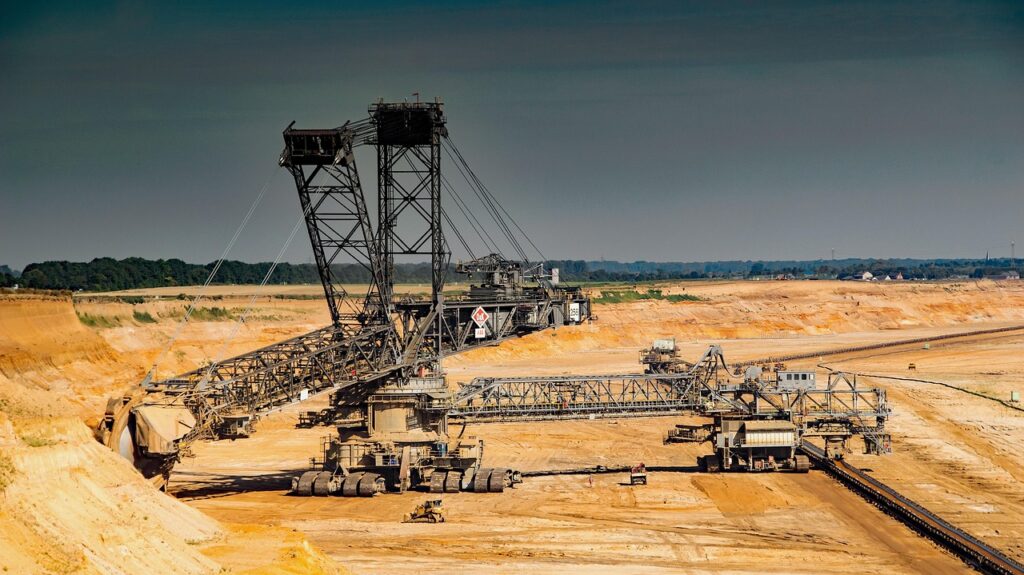
Swarm robotics is a revolutionary technology in the mining sector as it formulates innovative solutions to intricate operational issues. The technology is developed from nature-inspired

The mining industry is increasingly under pressure to transition to more sustainable operations and decrease its carbon intensity by huge margins. Against this backdrop, the
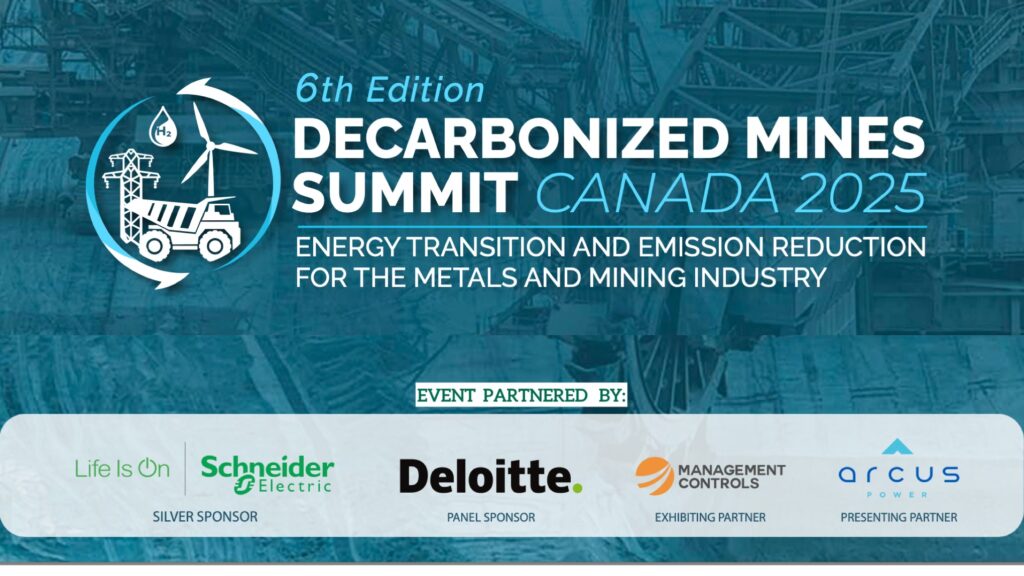
The mining industry stands at a turning point with the shift towards sustainable operations. In response to increased pressure to adopt greener solutions, the 6th

Steel has long been a critical building material for contemporary infrastructure, yet its production cycles are some of the most carbon-intensive worldwide. The industry heavily
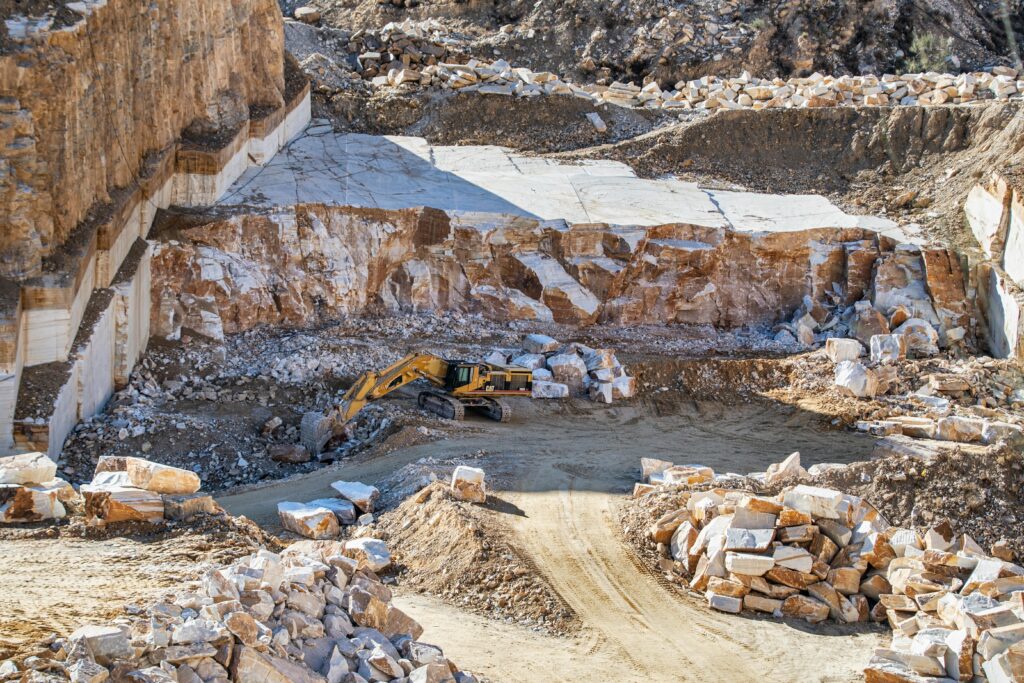
The mining sector is now at a crossroads with sustainability demands changing practices worldwide. Furthermore, ESG investment criteria now dictate how businesses operate. This, in
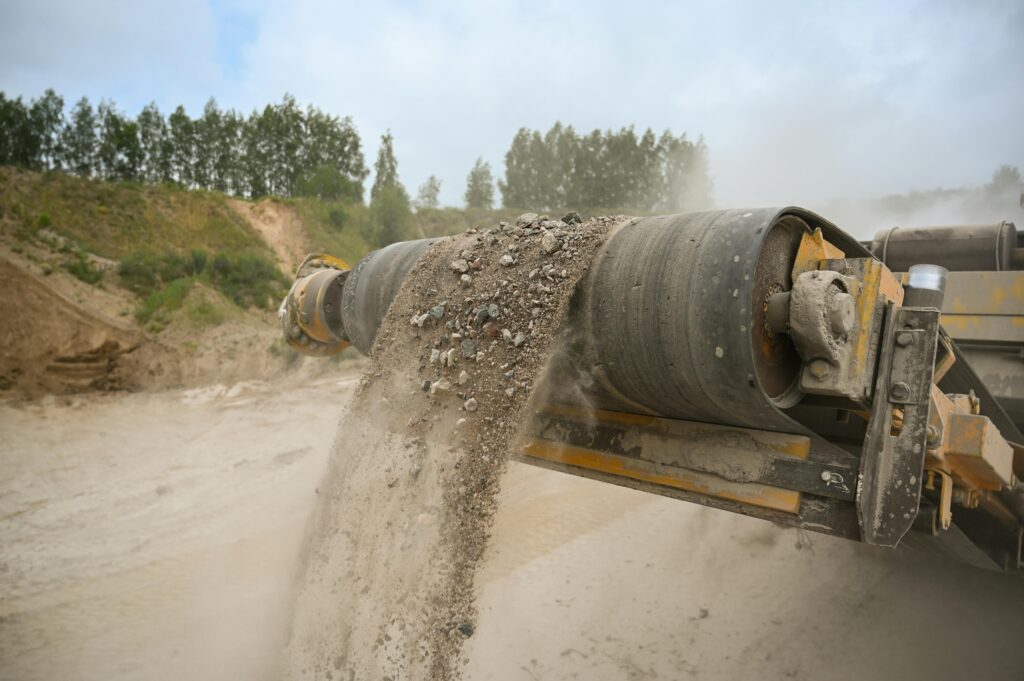
Did you know that the mining sector uses over 7 billion dollars of diesel-powered equipment? This involves trucks, etc. for material handling, due to which

Mine Ventilation Systems are an important challenge in underground mining. It consumes large amounts of energy and demands essential safety and environmental standards. Furthermore, mine
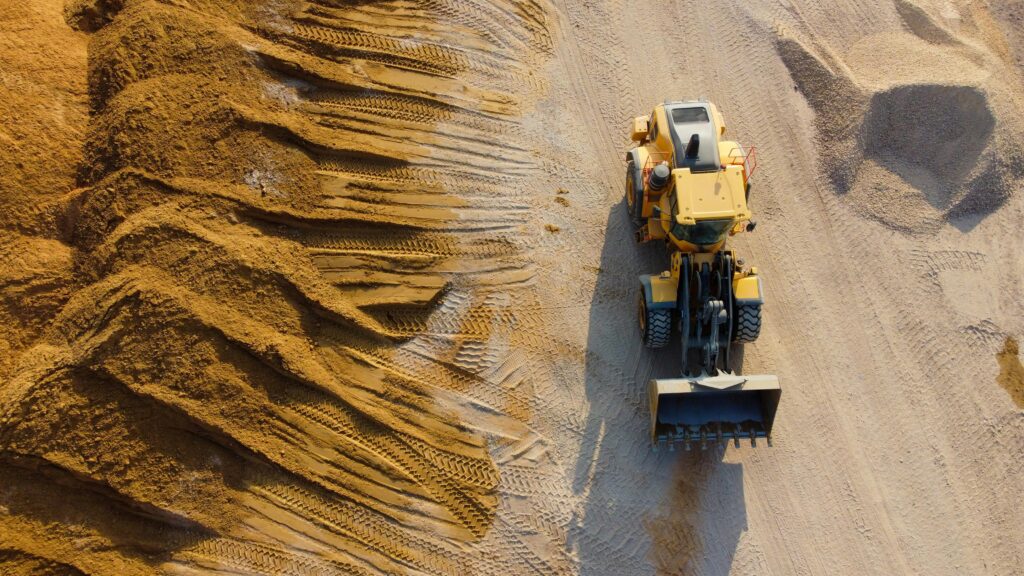
Critical minerals are at the core of a more sustainable future, and most of these are found in the global landscape of mining. These major

Mining operations around the world face a common challenge today i.e. making a balance between increased demands of energy and sustainability goals. Compressed air energy
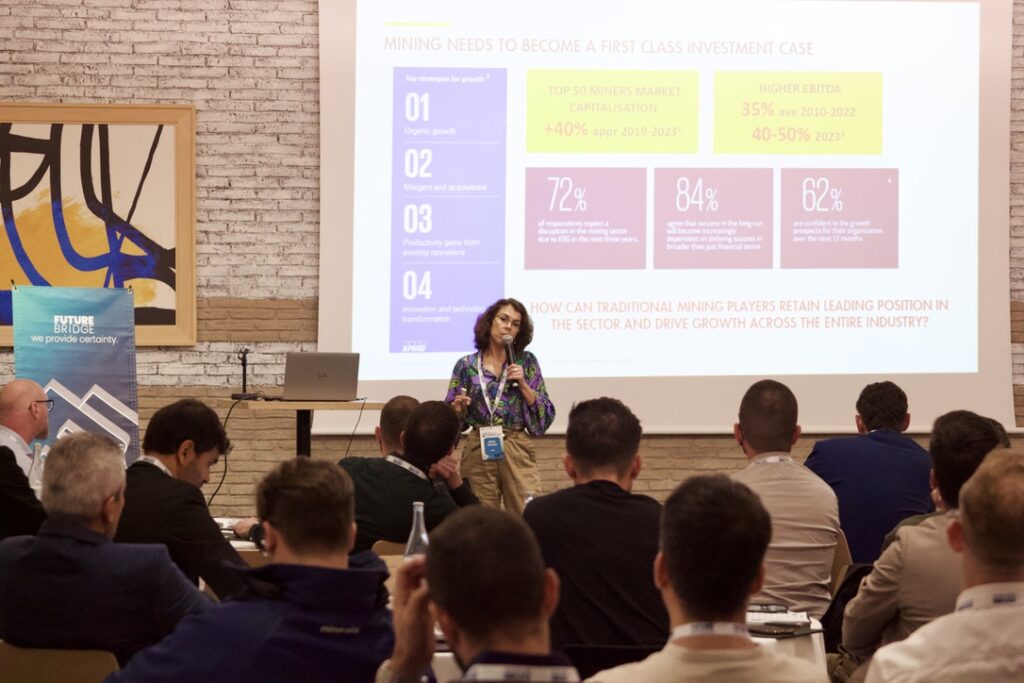
The 6th Mining 4.0 Summit was held from 6th – 7th November 2024 in Barcelona, Spain, with industry leaders, innovators, and experts coming together to
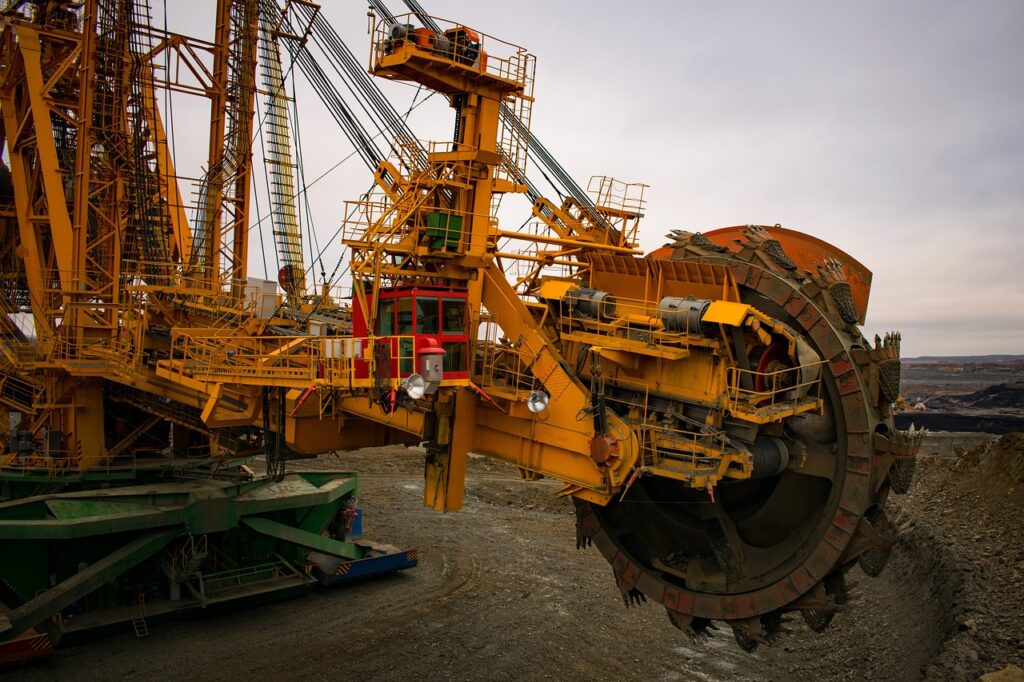
The mining industry is experiencing a shift from the integration of machine learning (ML) technologies, especially in grade control & resource estimation. Furthermore, traditional methods,
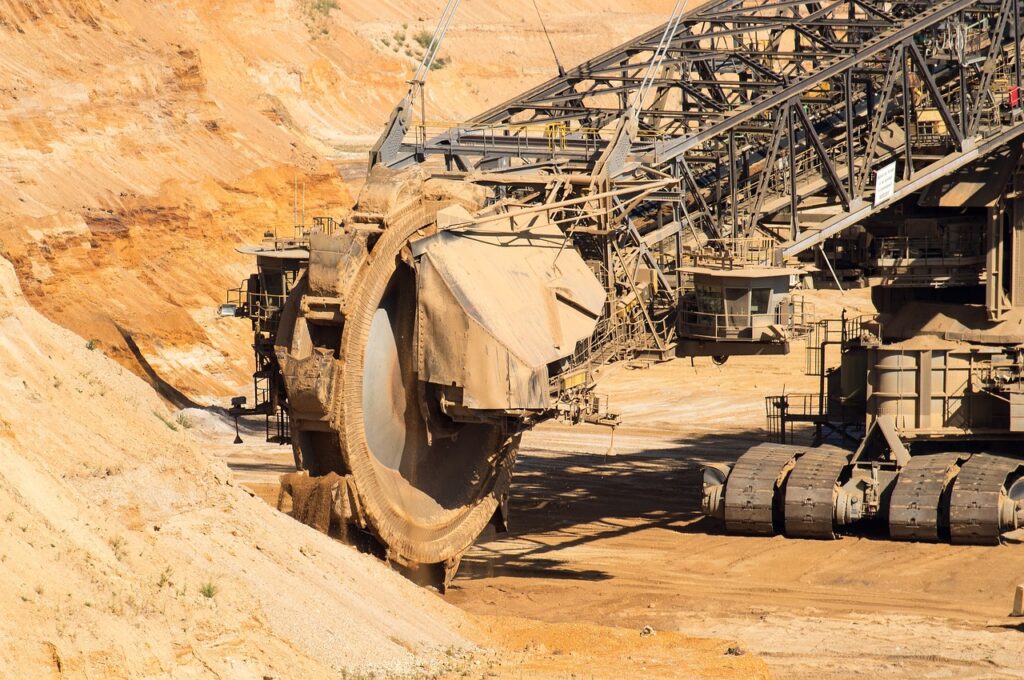
The mining industry is revolutionized with the inclusion of microscopic sensor networks, often referred to as “Smart Dust.” These minuscule devices, no larger than a
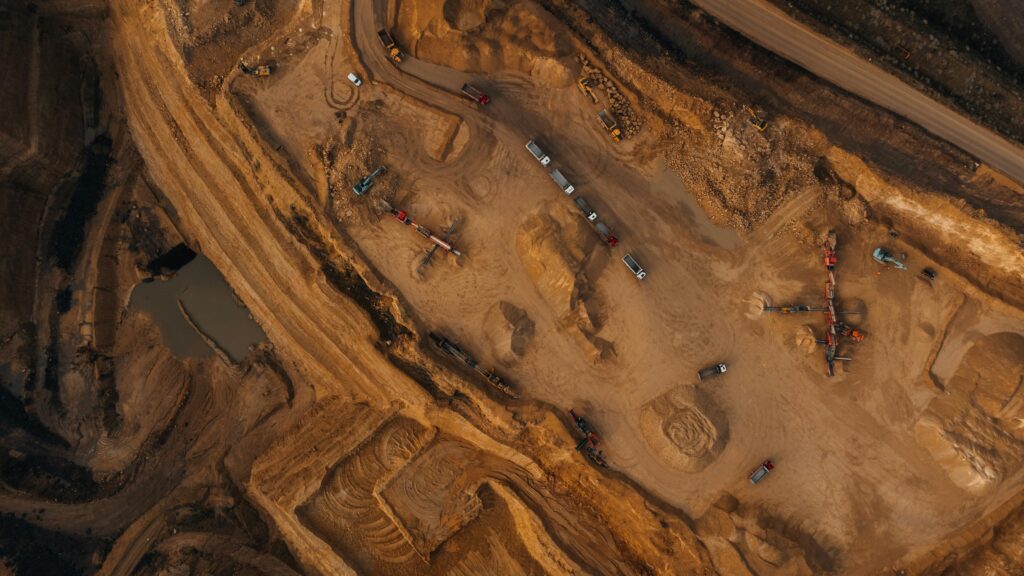
The mining industry has always been responsive to technological innovation. It seeks gains in efficiency, safety, and productivity. Among the latest advances, the application of
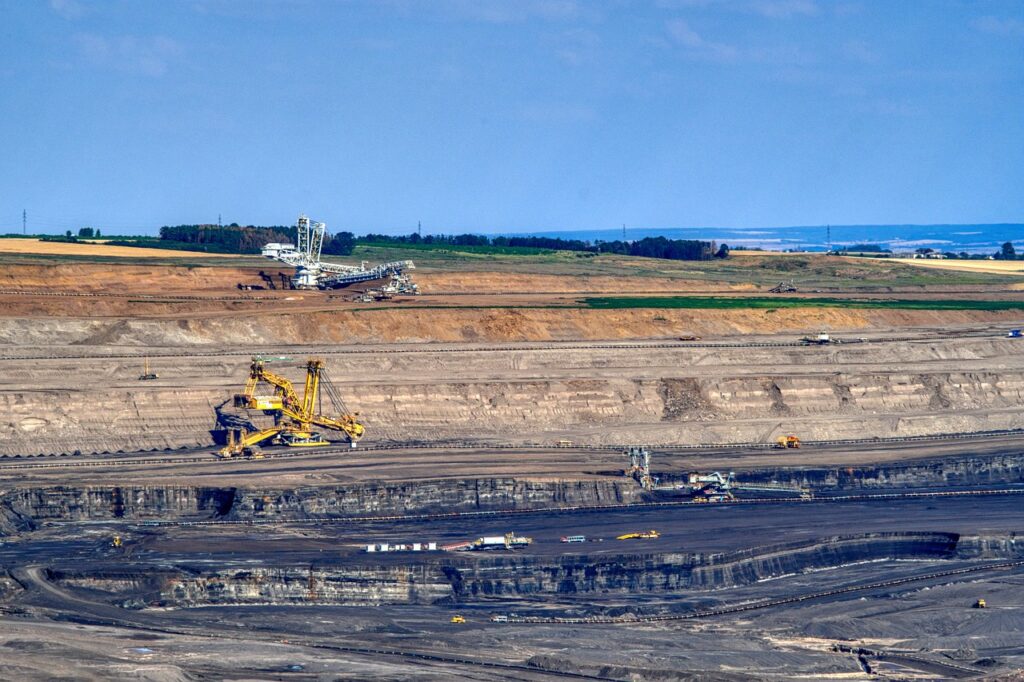
Mineral exploration is a field in constant evolution. Moreover, the frontiers of what is feasible for mineral exploration are constantly being pushed by technological breakthroughs.
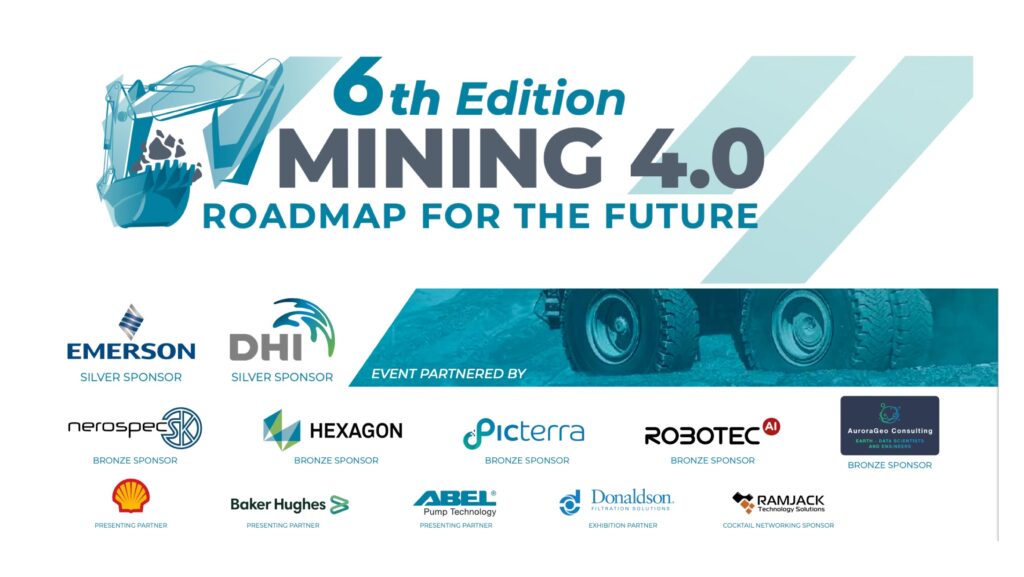
The mining industry is seeing a major shift now and digitalization/ automation is changing the way operations are done. So, keeping up with the latest
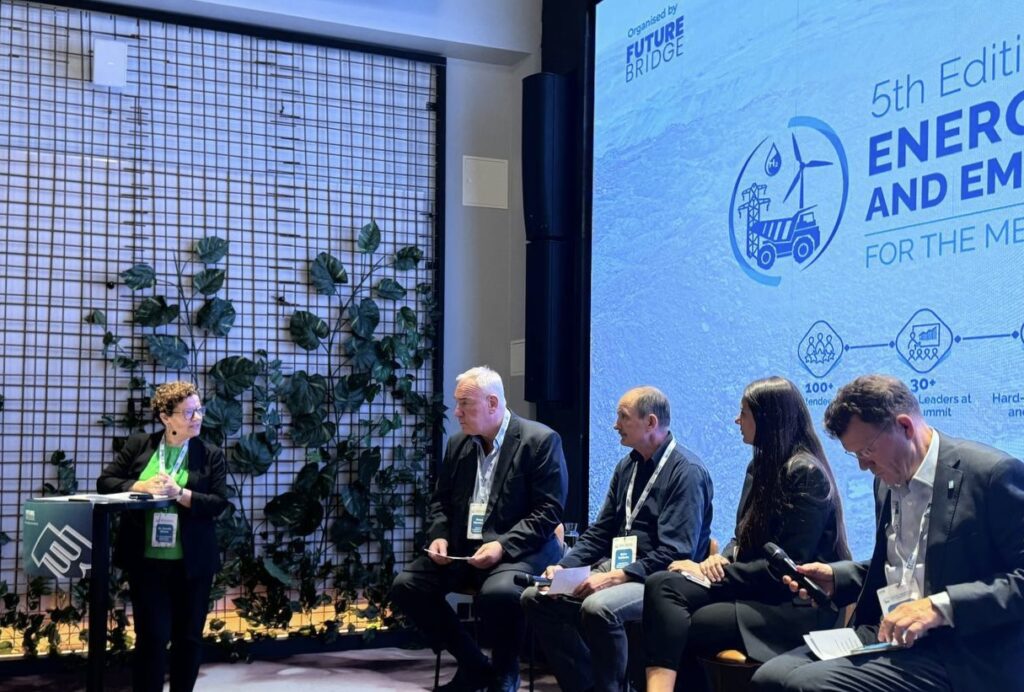
The 5th Energy Transition & Emission Reduction Summit for the Metals and Mining Industry took place in Helsinki, Finland, on June 11-12, 2024. Industry leaders,
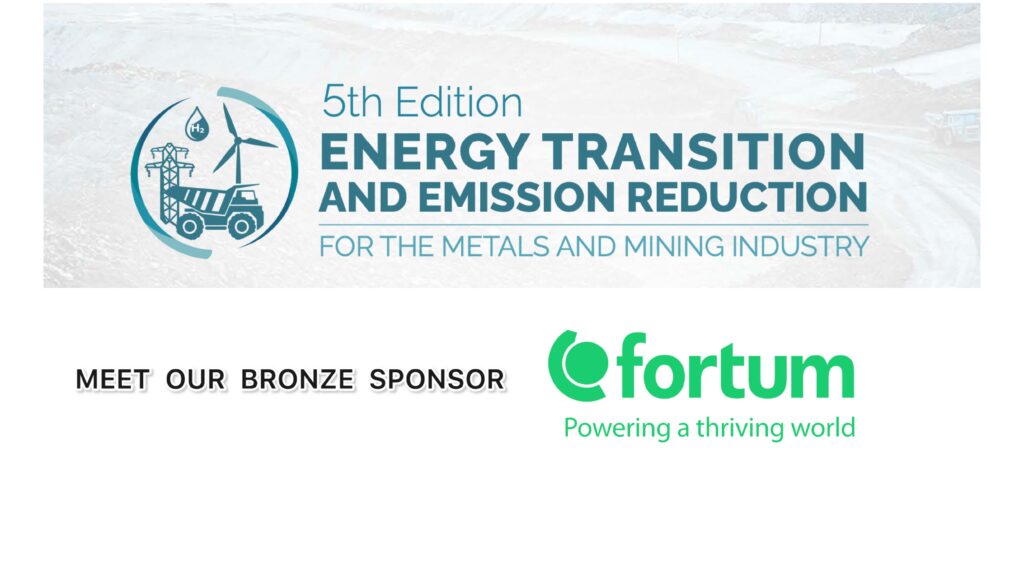
The global transition towards a sustainable, low-carbon future is a monumental undertaking. Collaboration between all sectors including the mining and metals industries is necessary to
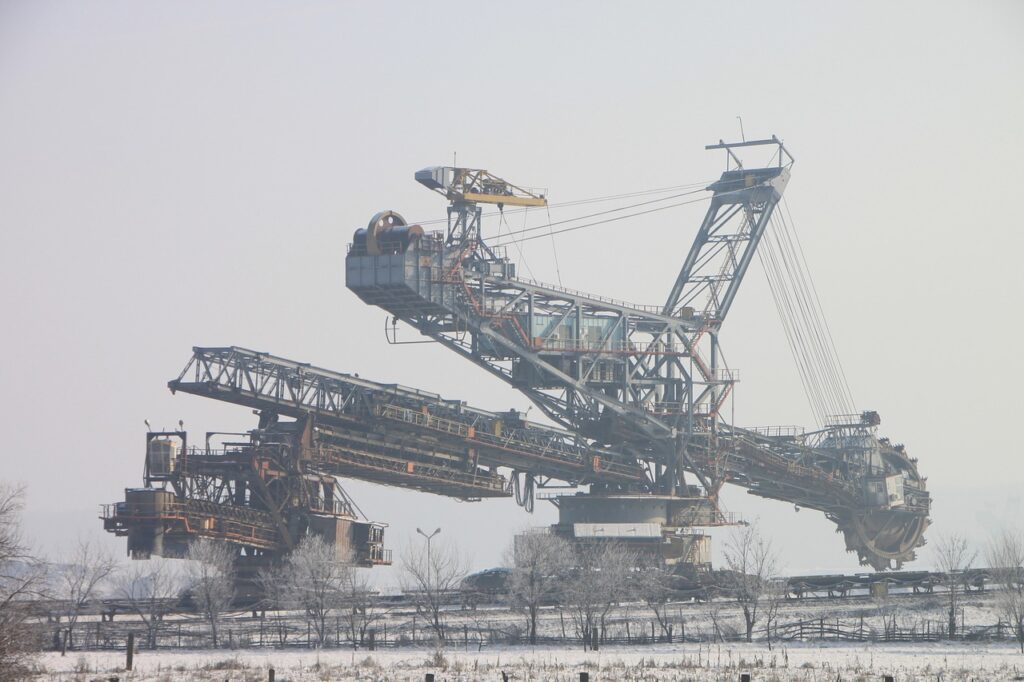
The mining sector is up against an unparalleled obstacle. It must satisfy the rapidly increasing demand for vital minerals required for technologies based on renewable
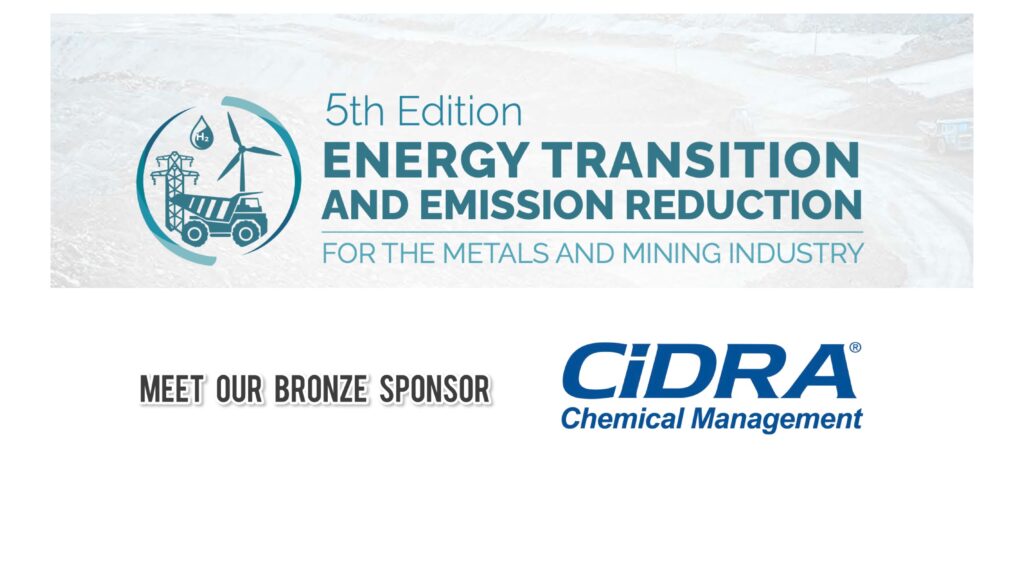
The mining industry faces major challenges when it comes to being environmentally friendly and reducing emissions. Moreover, with growing concerns about climate change, focusing on
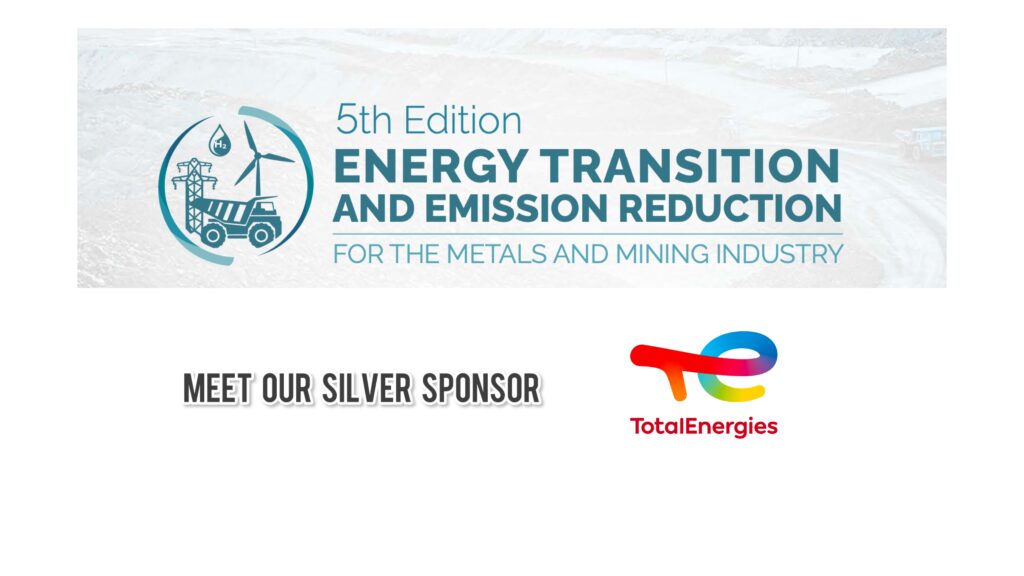
The mining industry stands at a critical point today. It must strike a balance between operating excellence, resolving environmental issues, and reducing emissions. Moreover, considering
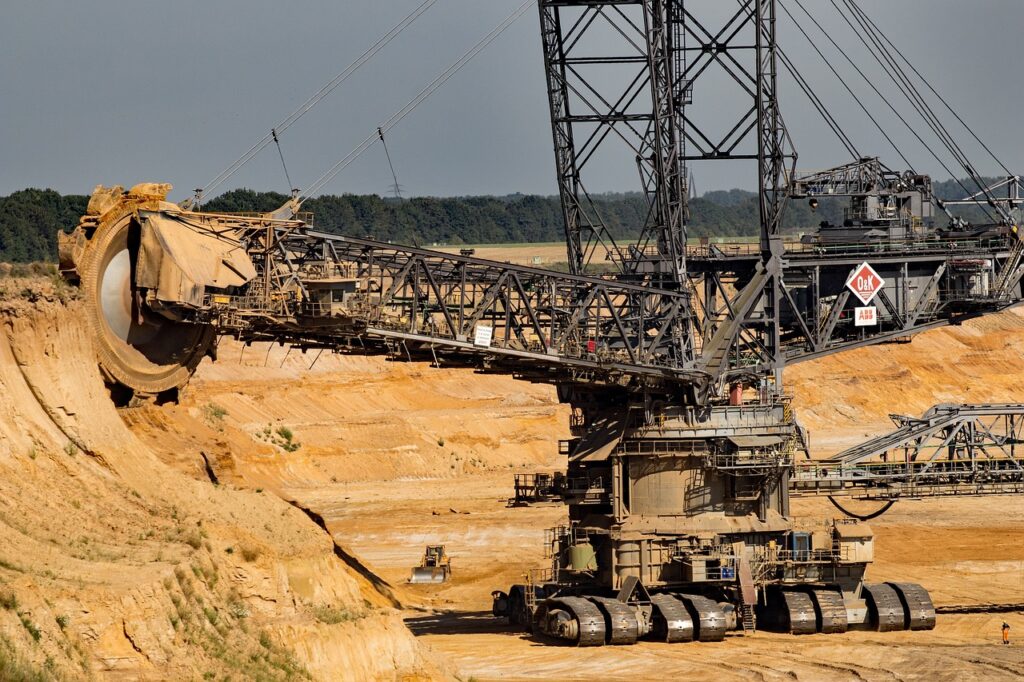
The mining sector is on its journey to sustainable practices. This has given way to an increased interest in exploring alternative fuels. The ones that
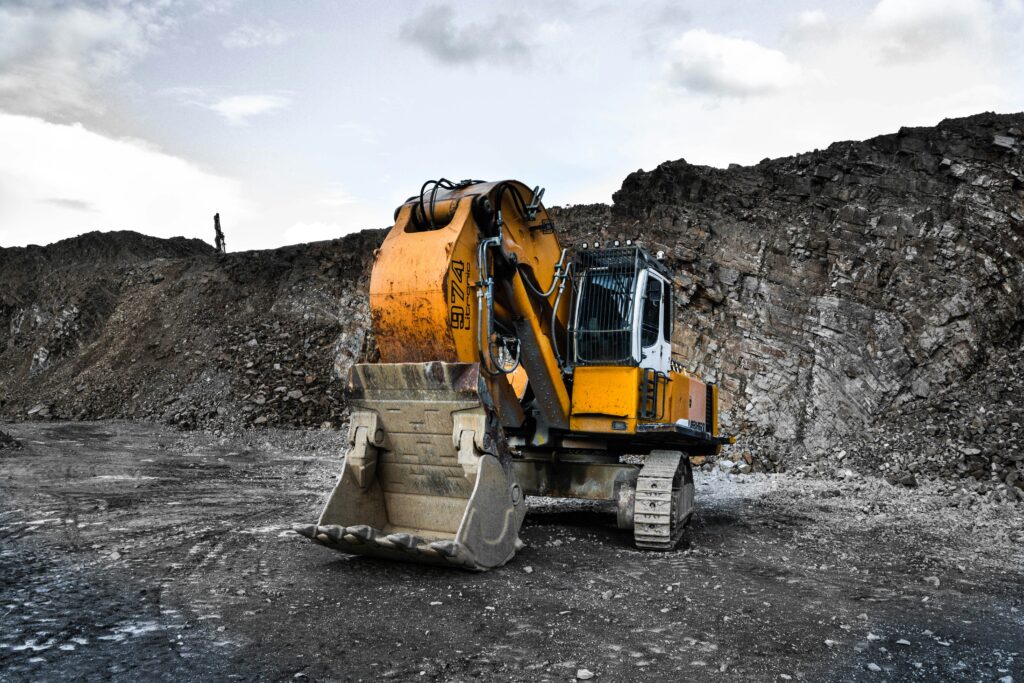
The mining industry is long known for major water consumption and generating contaminated wastewater. So, effective water treatment becomes crucial. It is one of the
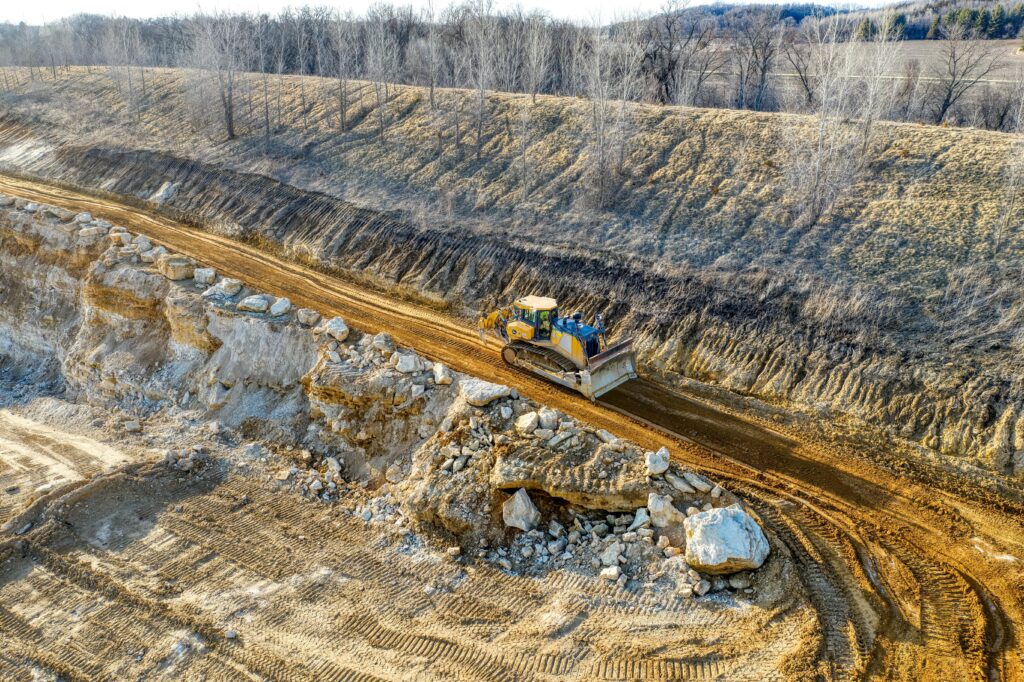
Tailings management has been a major four in the mining sector. Tailings refer to the byproducts. They are left over after the extracting and processing
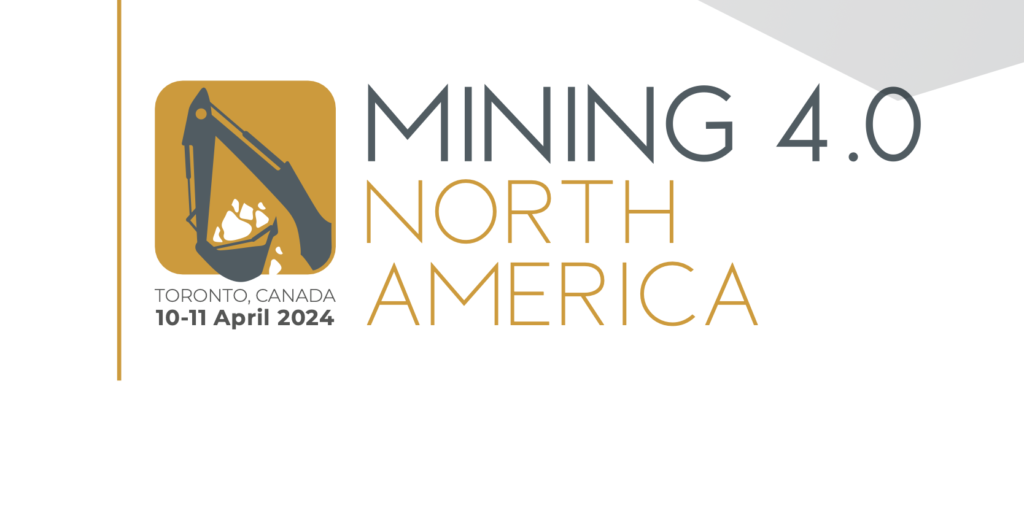
The 5th Mining 4.0: North America Summit was organized by Future Bridge in Toronto, Canada on April 10-11, 2024. The event attracted more than 100
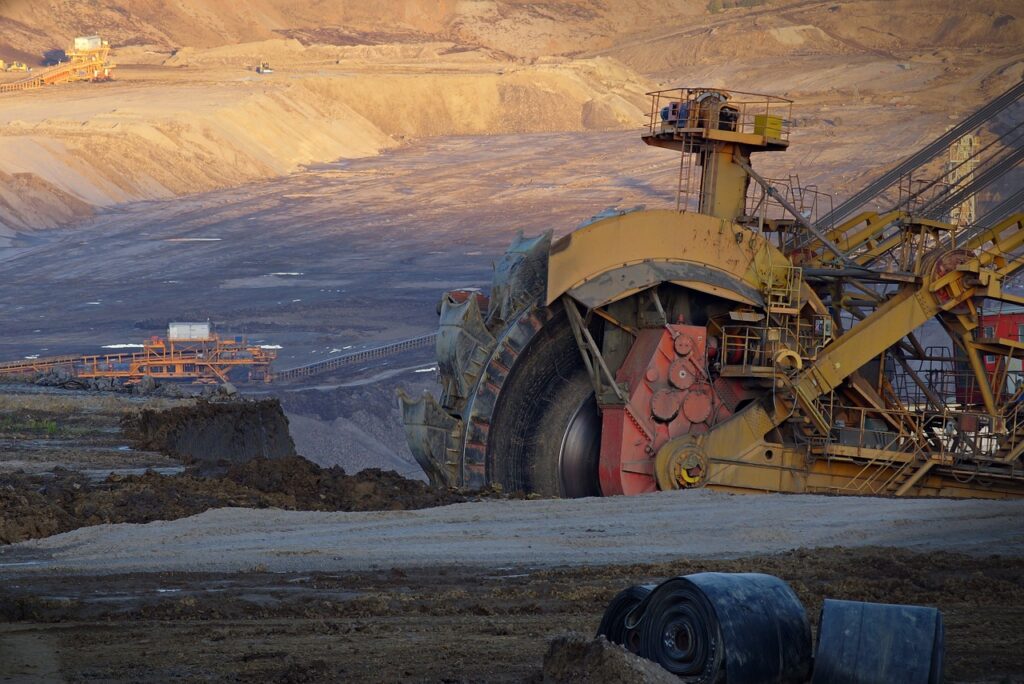
Mining operations frequently include laboring in difficult and dangerous settings. This includes open-pit mines with steep walls and uneven terrain or unstable subterranean tunnels. Furthermore,
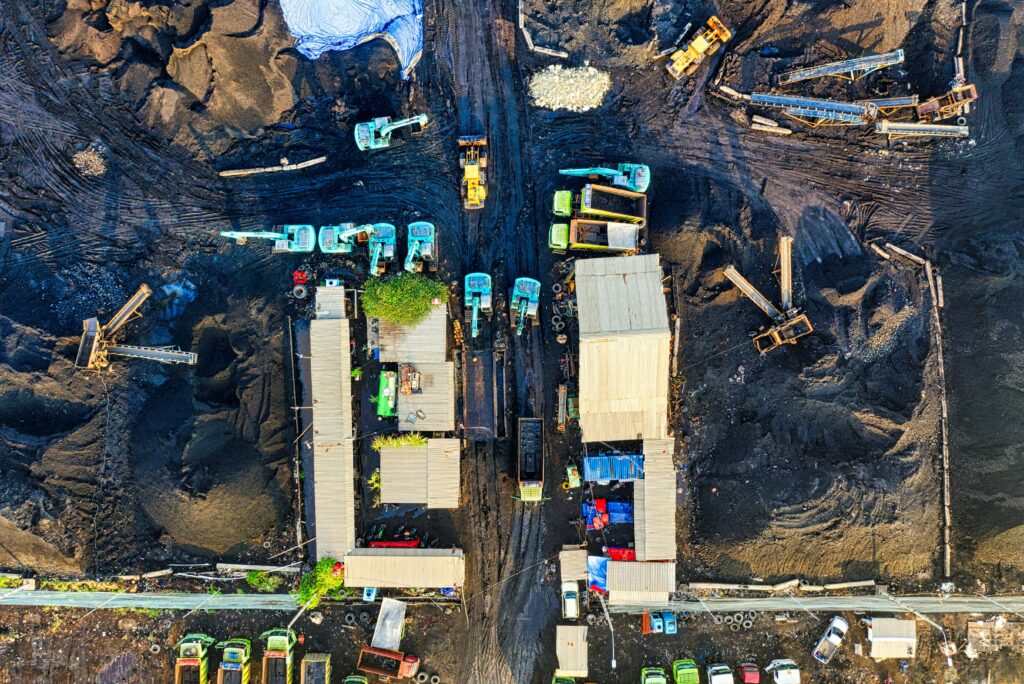
Mining has always played a major role in the economic progress across the world. This is particularly the case in resource-rich developing nations. Nevertheless, chasing
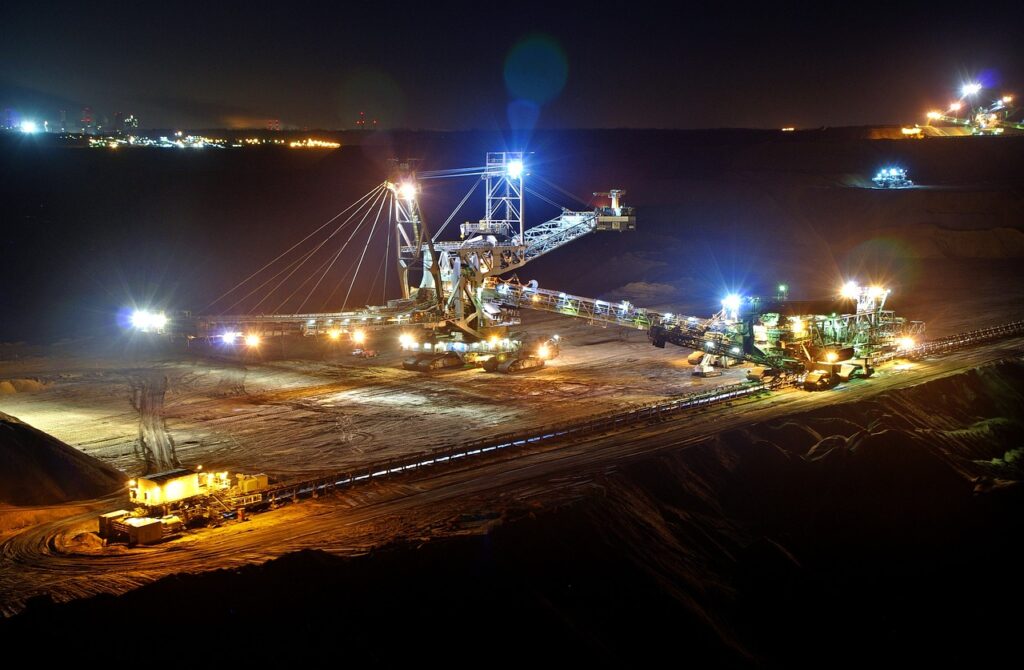
The extraction of economic minerals from the earth’s crust relies heavily on a detailed understanding of subsurface geology. Geological modeling and ore body delineation are
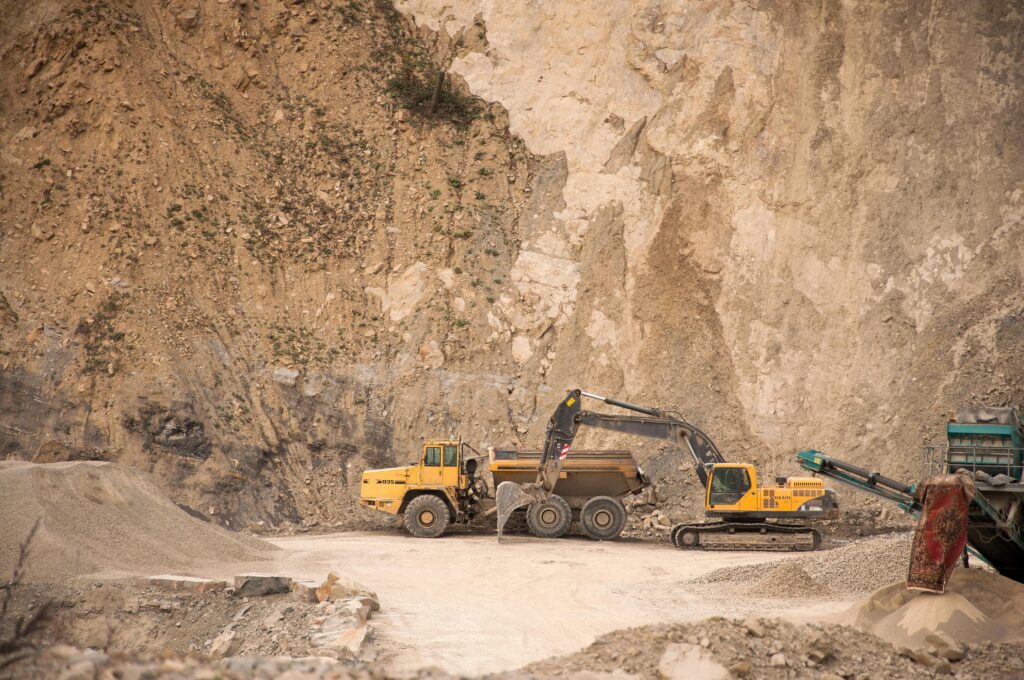
Ventilation is the lifeblood of an underground mine. It provides fresh air to workers and removes harmful contaminants. However, manually adjusting ventilation systems reactively based
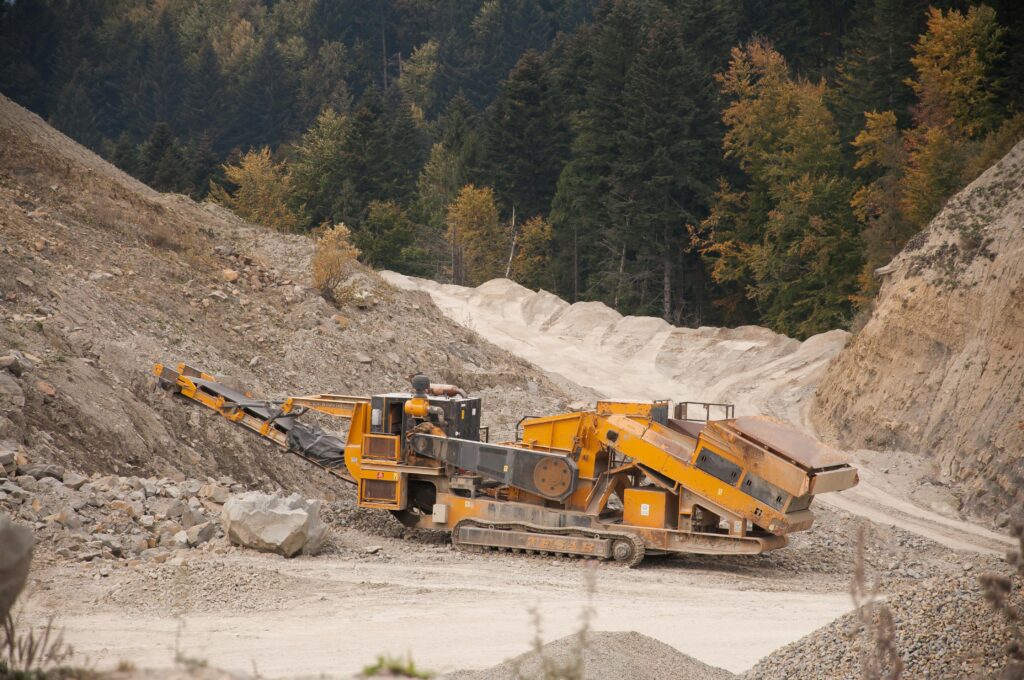
Tailings storage facilities (TSFs) are an essential part of mining operations. It provides safe storage for the waste material generated during mineral processing. However, tailings
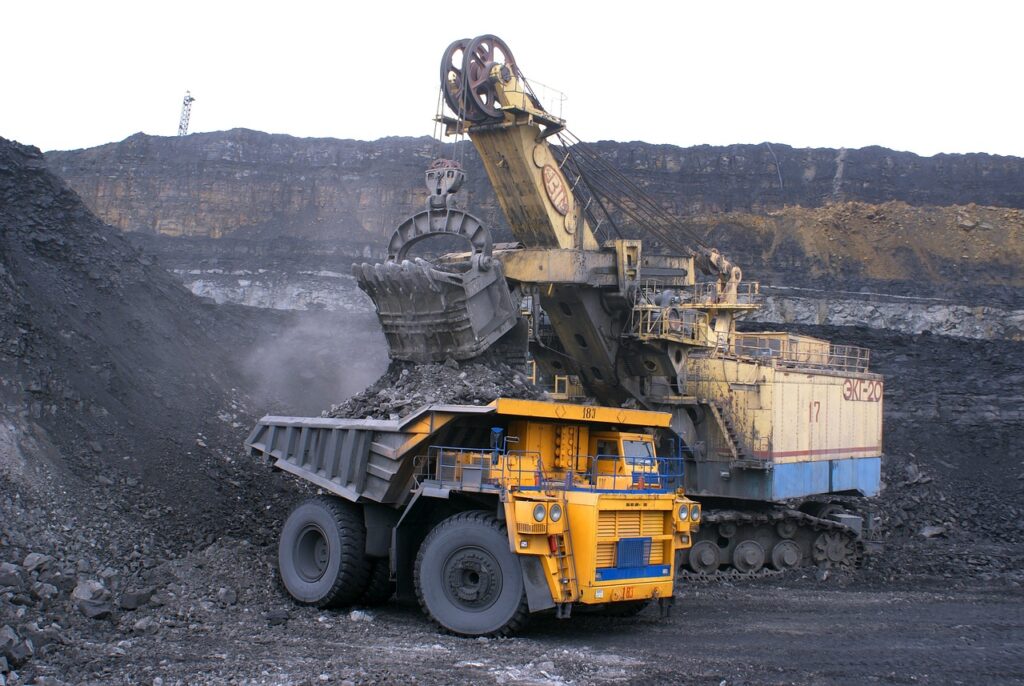
The mining industry is rapidly adopting virtual reality (VR) technology. It is revolutionizing safety training for its workforce. So, by creating hyper-realistic simulations of hazardous
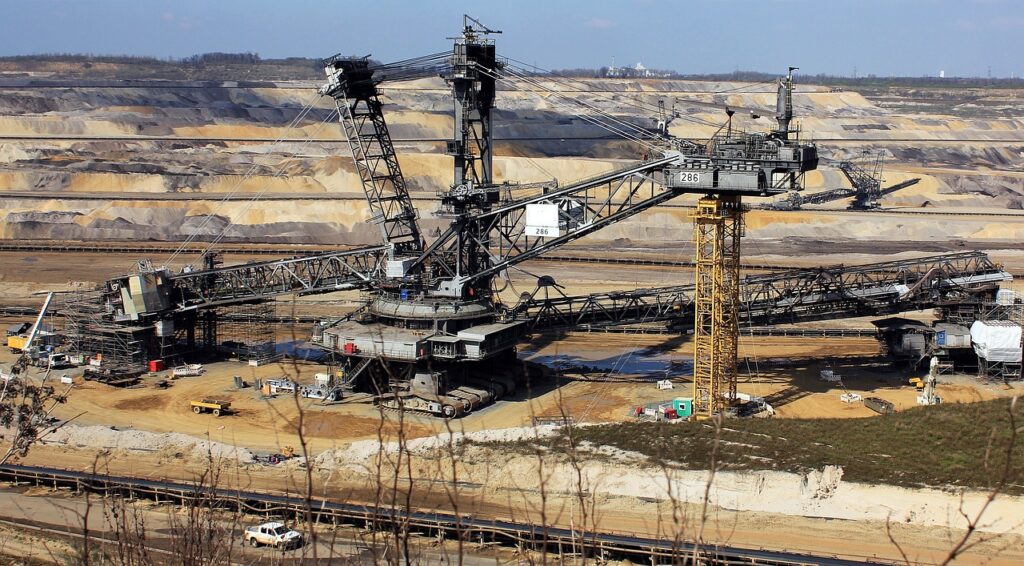
The mining industry is continuously seeking new technologies and innovations. This is to improve productivity, efficiency, and ultimately profitability. One area garnering increasing interest is

Mine productivity and efficiency heavily rely on the optimized execution of core activities. It includes drilling, blasting, loading, and hauling. While practices in these areas
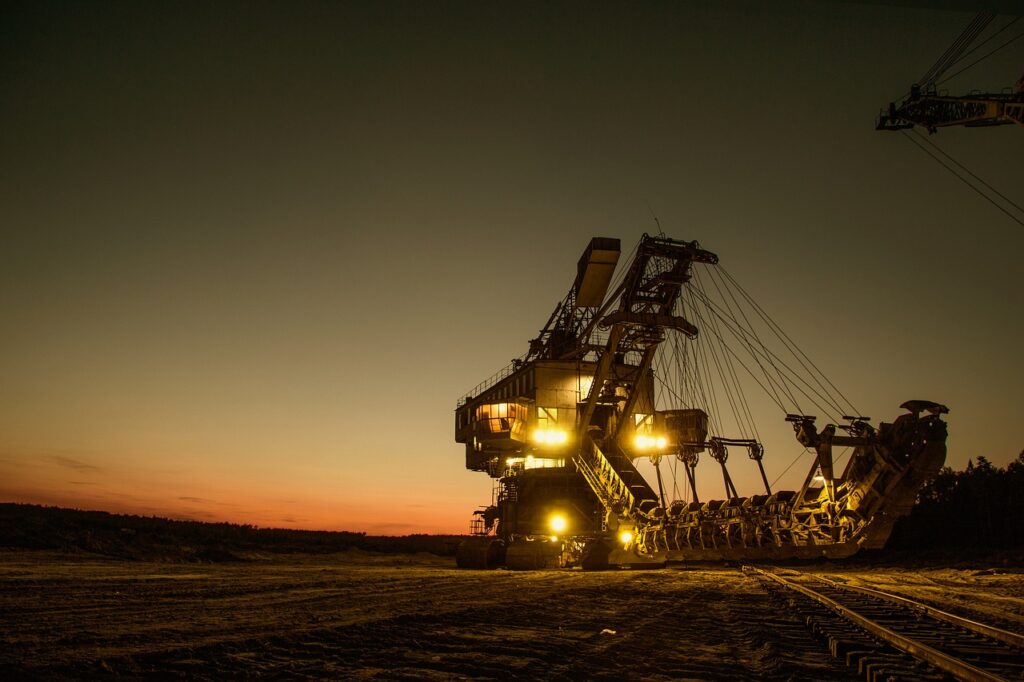
The mining 4.0 industry is rapidly evolving as new technologies emerge and companies seek more sustainable, efficient resource extraction methods. One innovative approach gaining significant
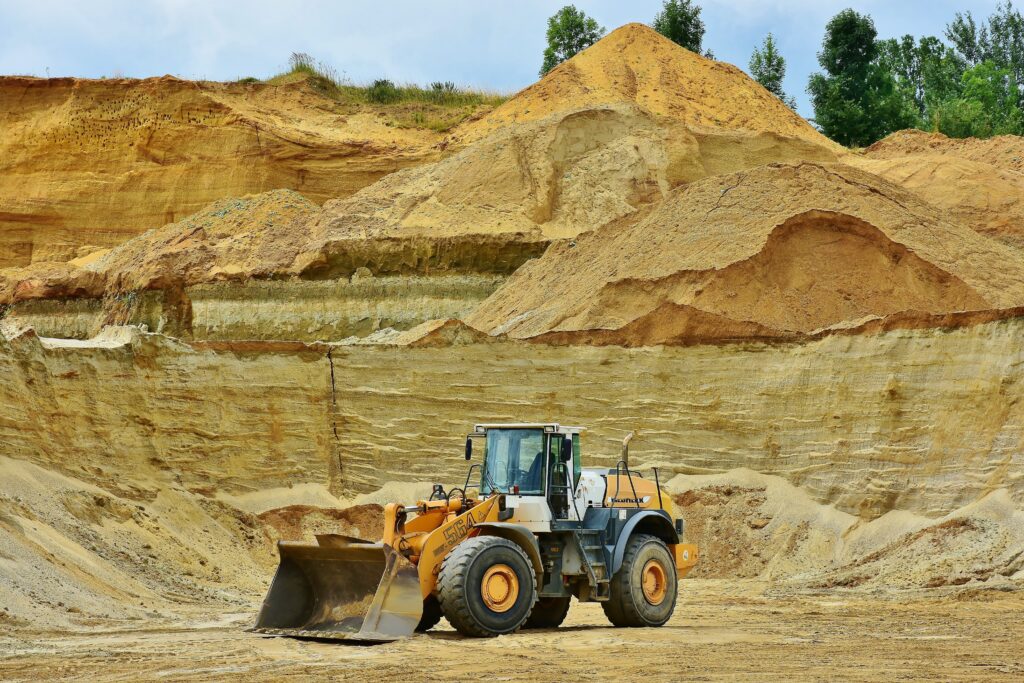
The integration of digital technology and data-driven decision-making is transforming workplaces across industries. In mining, one of the most profound changes underway is the transition
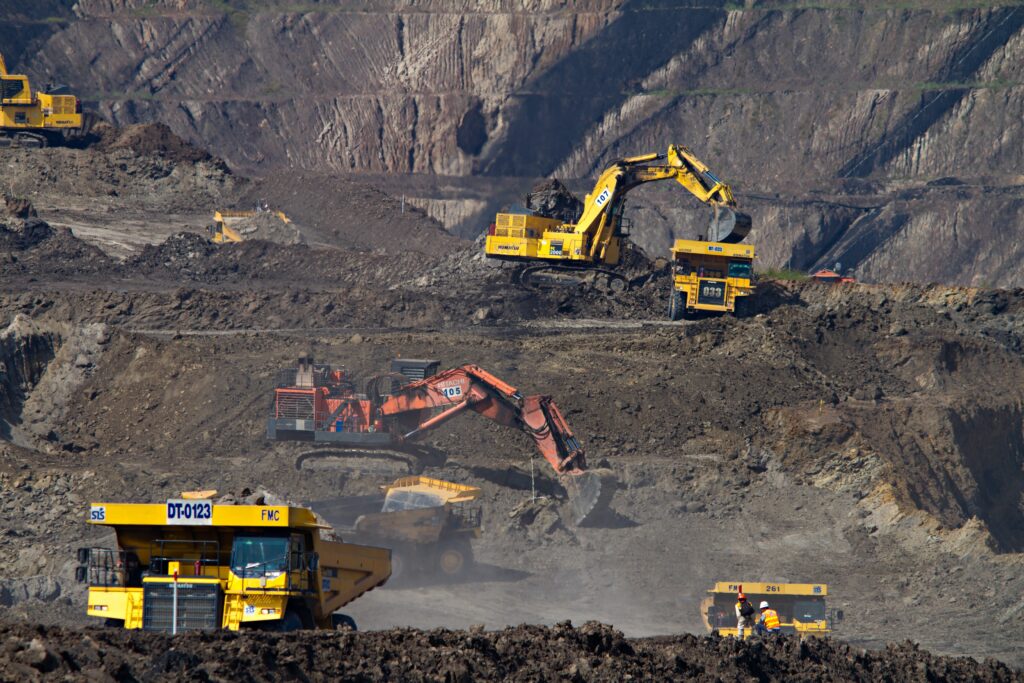
A data analytics revolution in mining is empowering mining companies. They can achieve unprecedented operational efficiency, sustainability, and performance. That too amid volatile markets. Advanced
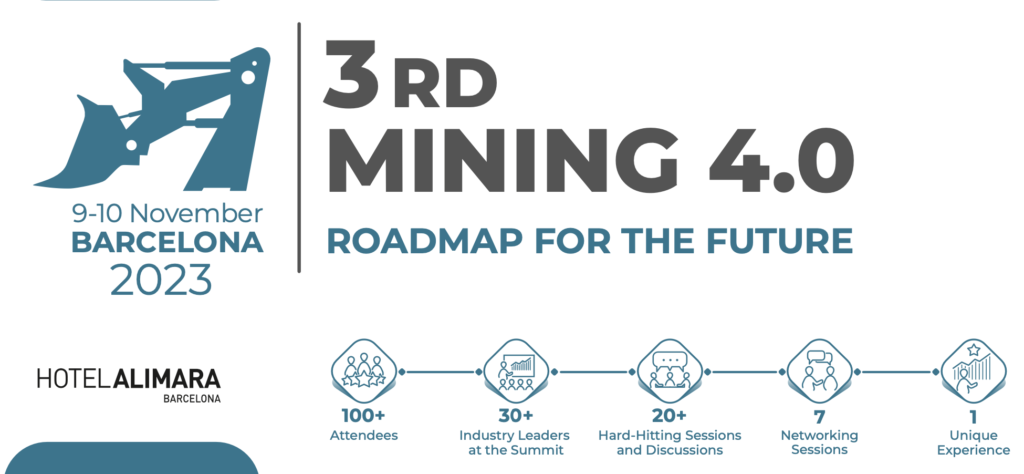
In a dynamic convergence of minds, the 3rd Mining 4.0 Summit unfolded on November 9-10, 2023 in Spain, Barcelona, welcomed a diverse assembly. It boasted

The mining industry is embarking on a digital transformation. It now uses mobile technology and real-time data. This gives companies a step change improvements in
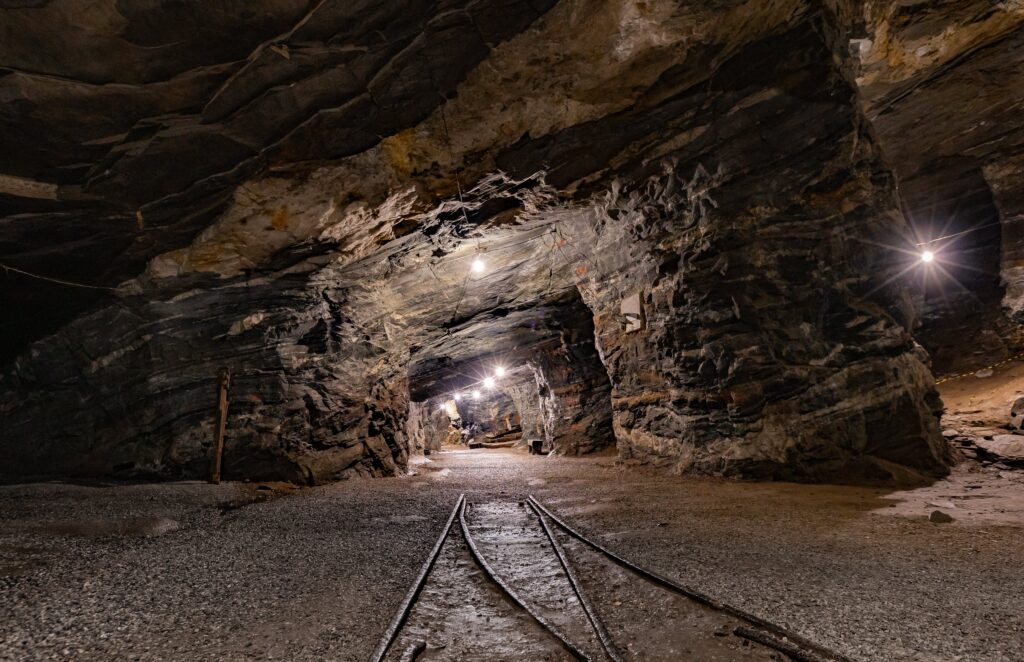
The mining industry is witnessing the evolution of connectivity in modern mining. The progressive advancements in the techniques of communication are readily transforming operations. They,

The integration of new technologies like remote operations, etc. is rapidly transforming the mining industry. This transformation into a highly connected, data-driven industry also creates
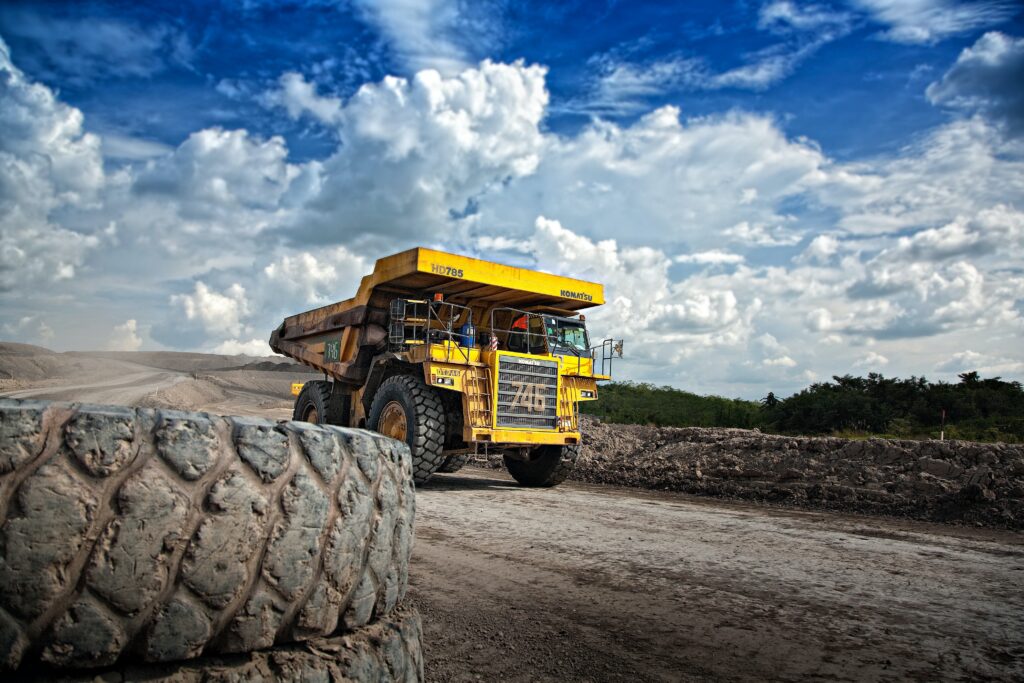
The mining industry is about to change a lot because of new technologies that allow mines to operate without people. Even though completely automatic mines
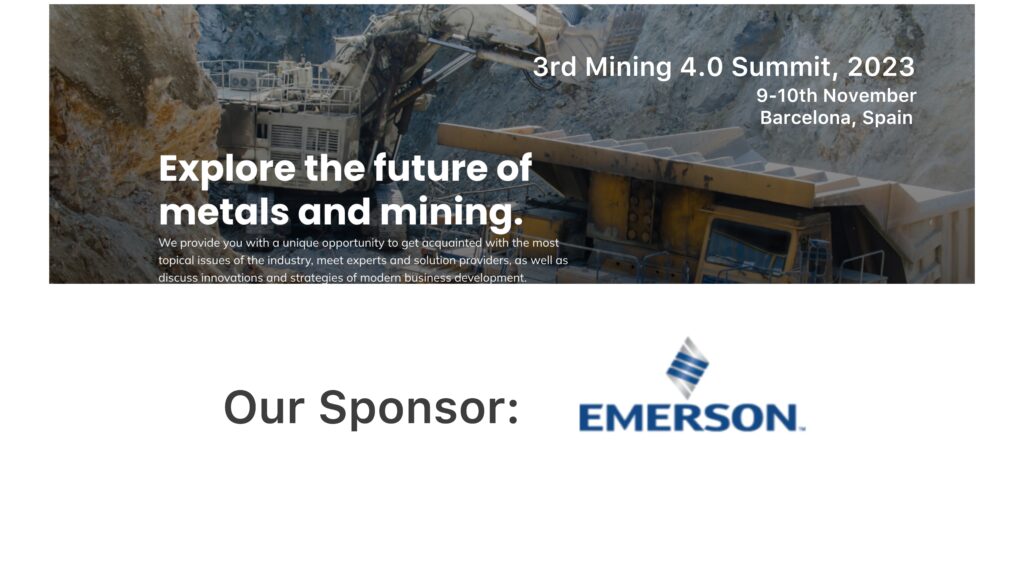
The 3rd Mining 4.0 Summit is one of the most anticipated events for the mining and metal industry. Emerson has joined the wagon recently as

The rapidly approaching 3rd Mining 4.0 Summit in Barcelona on 9-10th November 2023 is one of the most insightful mining events of the year. With
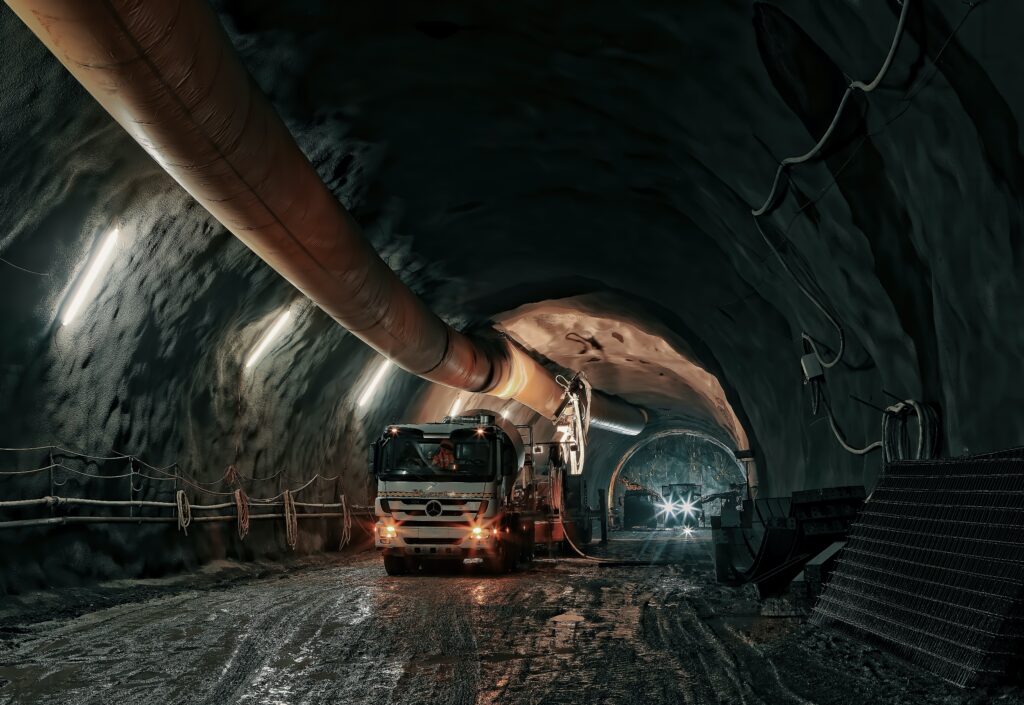
Today, the mining industry stands at an inflection point when it comes to its transformation. Digital twins stand to be one of the methods that
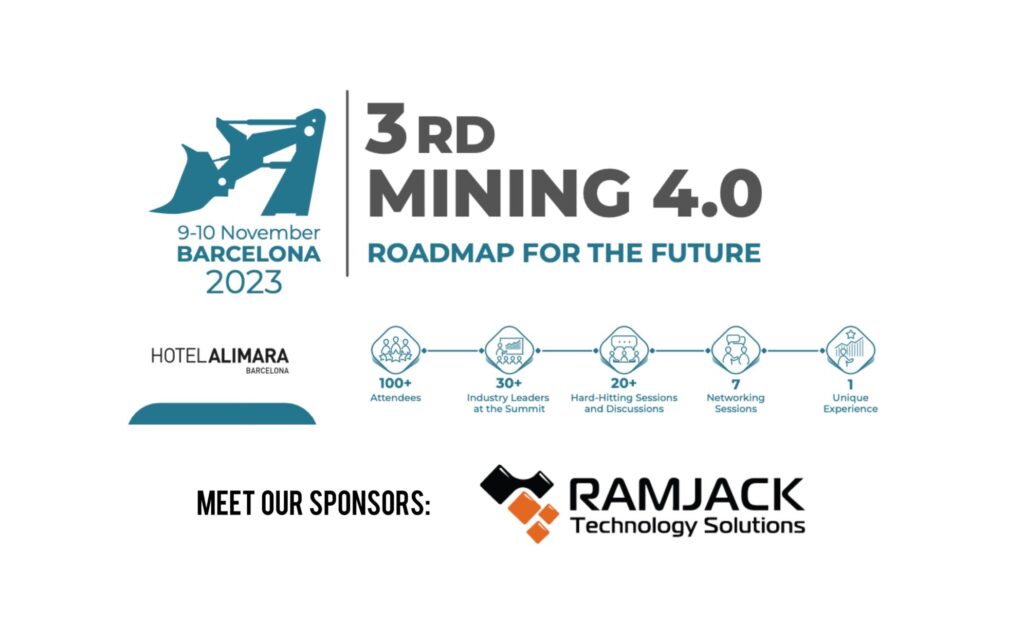
Today, the transition to mining 4.0 is the need of the hour. It will help companies to remain sustainable and respond to the pressing industry
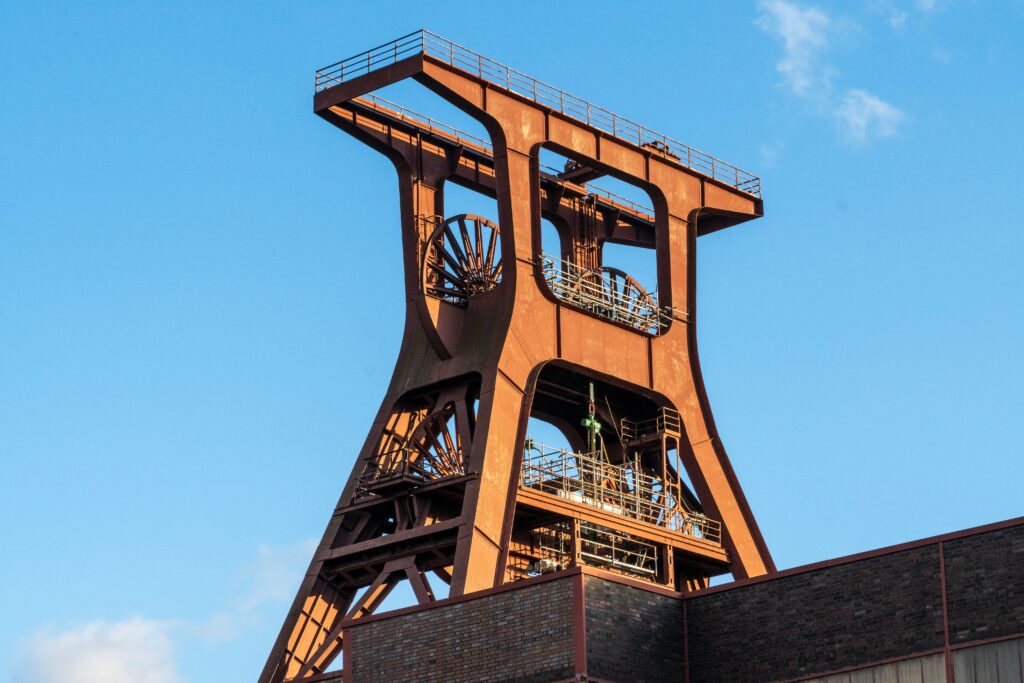
The mining industry finds itself at the cusp of a major transformation. Revolutionary advances in data analytics, connectivity, etc are optimizing mining operations. Moreover, wireless
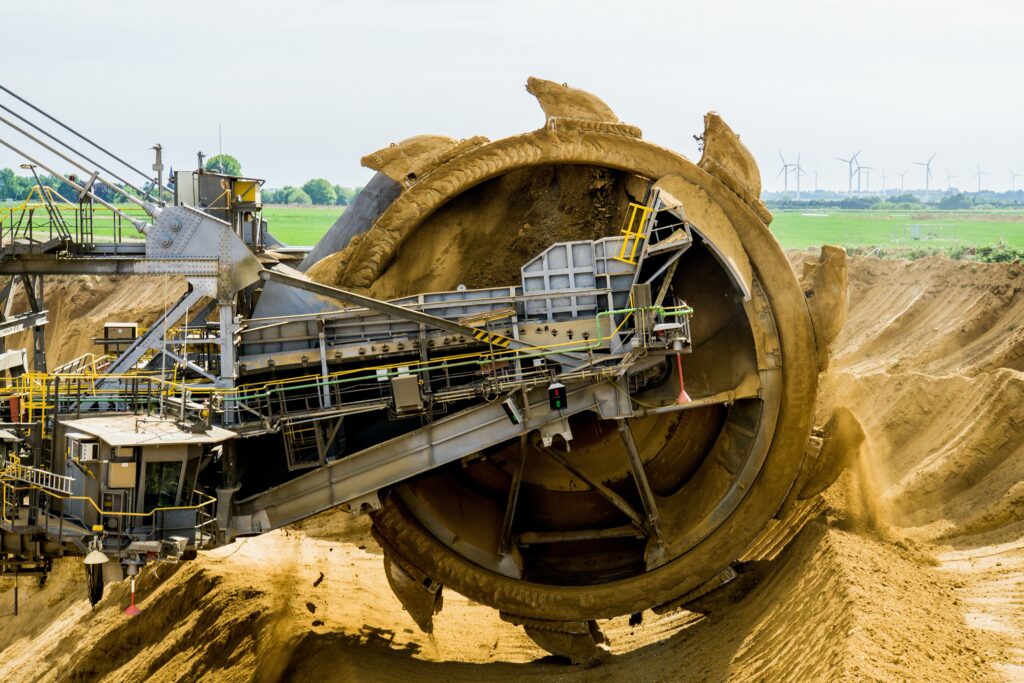
The mining industry finds itself at a major inflection point, with various new technologies rapidly digitally transforming legacy mining processes and operations. This digitalization and
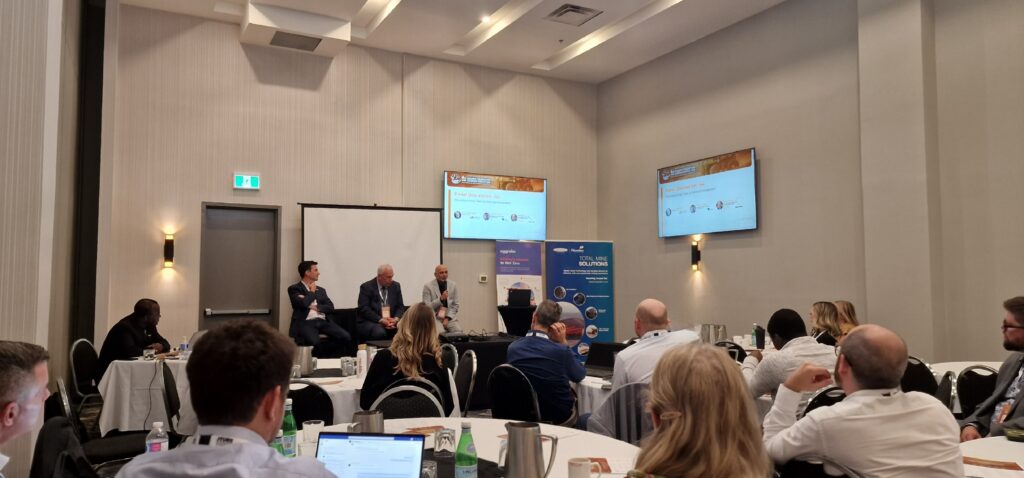
The 4th Energy Transition and Emission Reduction Summit for the Metals and Mining Industry was held on September 21-22, 2023 in Toronto, Canada. Reducing emissions
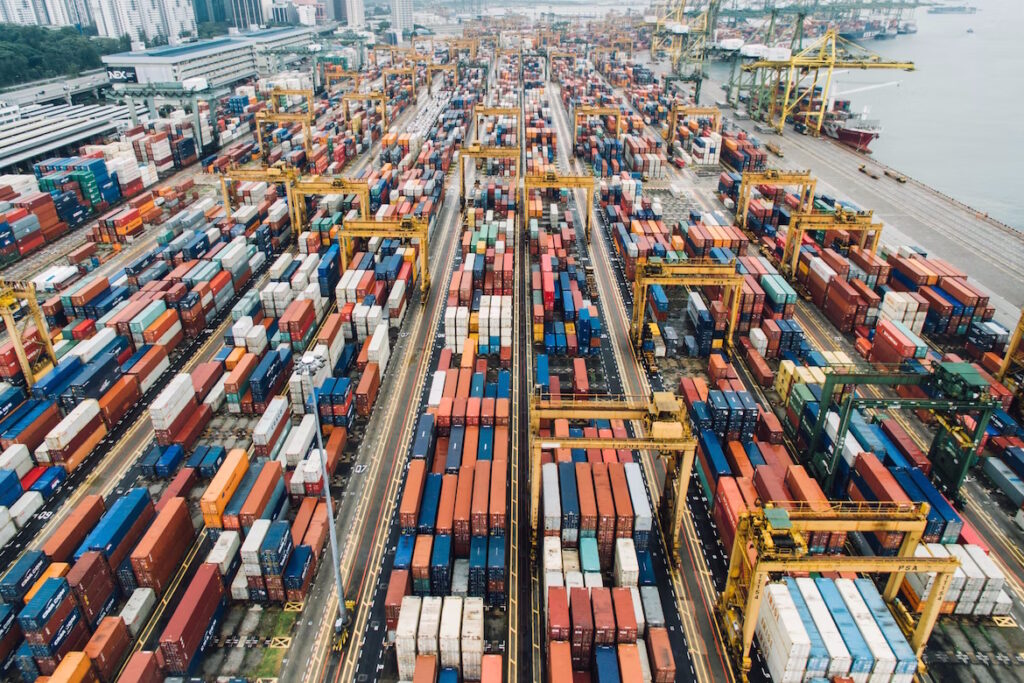
The mining industry plays a significant role in our modern society, providing the raw materials necessary for various sectors. However, this industry also faces challenges related to sustainability and responsible practices. As the world grapples with the urgent need to combat climate change, responsible sourcing and supply chain decarbonization have emerged as vital components in creating a greener and more ethical mining industry. In this blog post, we will explore the concept of responsible sourcing and its crucial role in decarbonizing the mining industry’s supply chain. We will also delve into the importance of traceability, transparency, and various initiatives that promote ethical mining practices, conflict-free minerals, and reduced carbon footprints throughout the supply chain. Lastly, we will highlight examples of companies that have implemented responsible sourcing strategies and the positive impact these initiatives have had on decarbonization efforts.
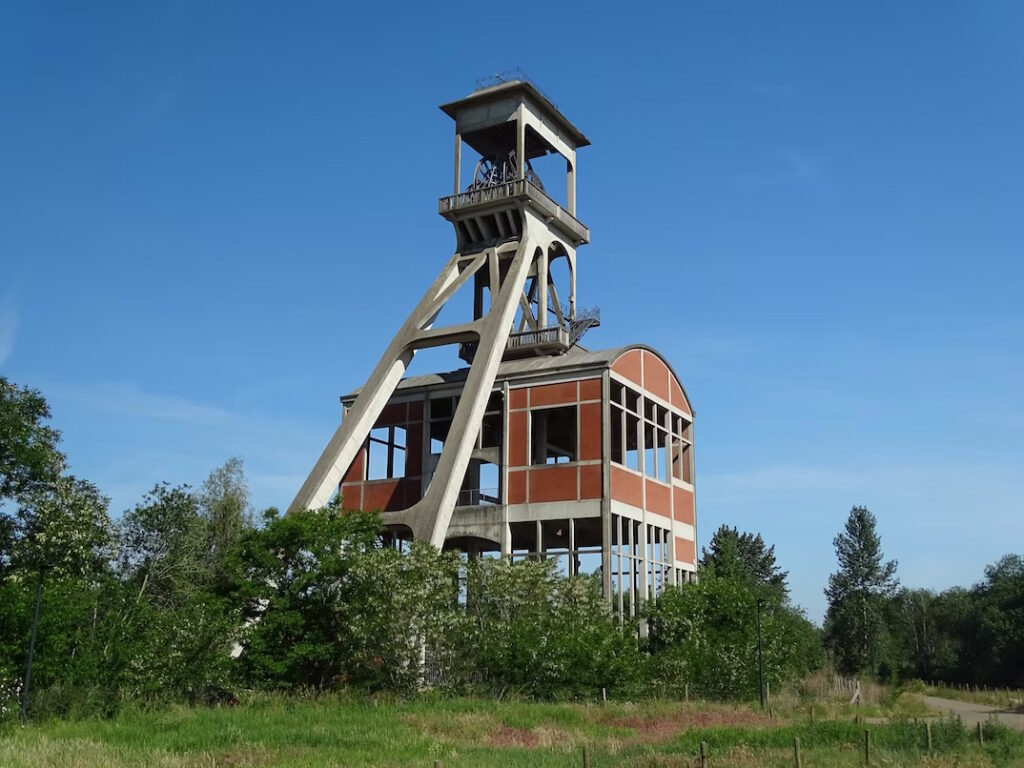
The global mining industry has long been associated with significant environmental impacts, including carbon emissions and ecosystem degradation. However, in recent years, there has been a remarkable shift in the financial landscape, with green financing and investment emerging as key drivers of decarbonization efforts within the mining sector. As the world intensifies its focus on sustainability, investors are increasingly prioritizing environmentally sustainable projects, prompting mining companies to seek funds for transitioning towards low-carbon technologies and practices.
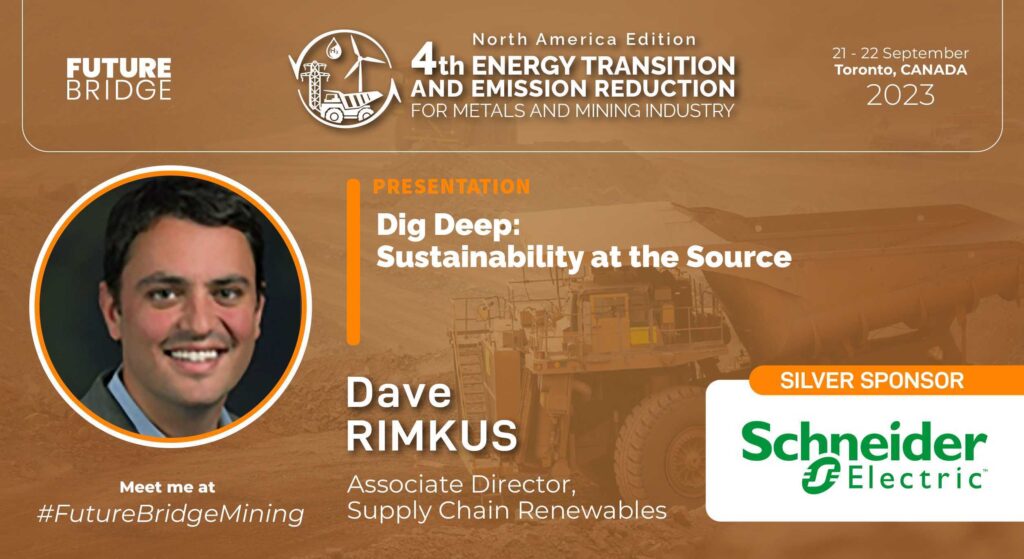
Exciting news, as global giant Schneider Electric is joining the 4th Energy Transition and Emission Reduction Conference for Metals and Mining forum this September. This two-day event will provide valuable insights into the latest trends and innovations in sustainable mining, green steel practices as well as strategies for reducing emissions and transitioning to renewable energy sources.
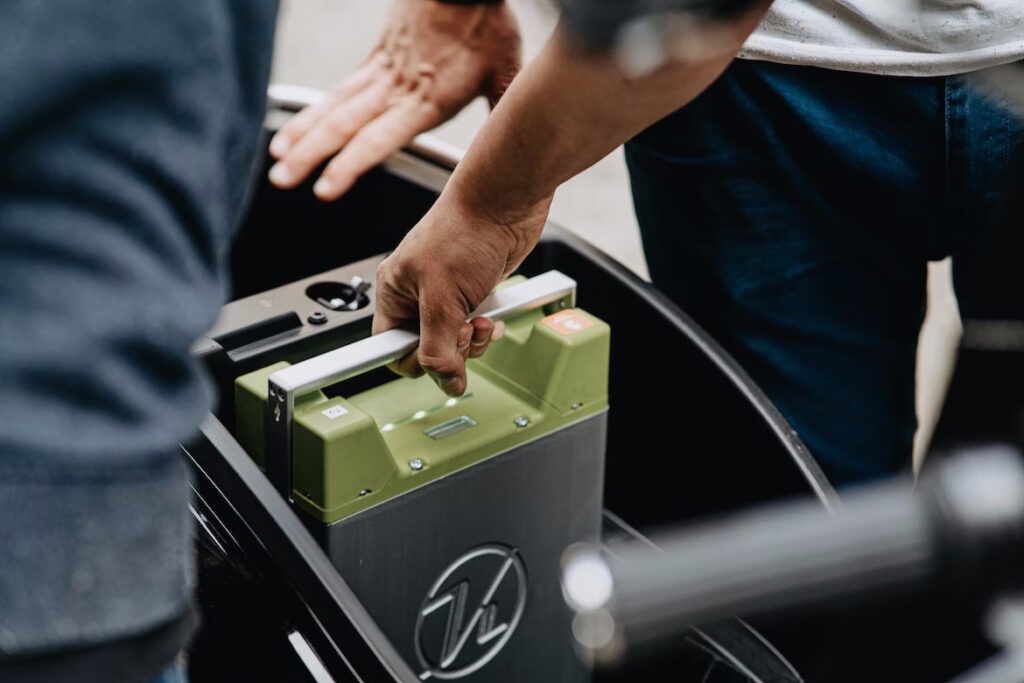
While a simple search for electrification content will bring up hundreds of sleek photos of vehicles, futuristic cityscapes, and gadgets, the truth of the matter is that all this infrastructure still needs to be built. And to do that, metals and minerals need to be dug up and refined. Despite the pressure placed upon it, the mining and metals industry will be a vital part of the process of electrification. A new facility in Texas is just one such indicator.
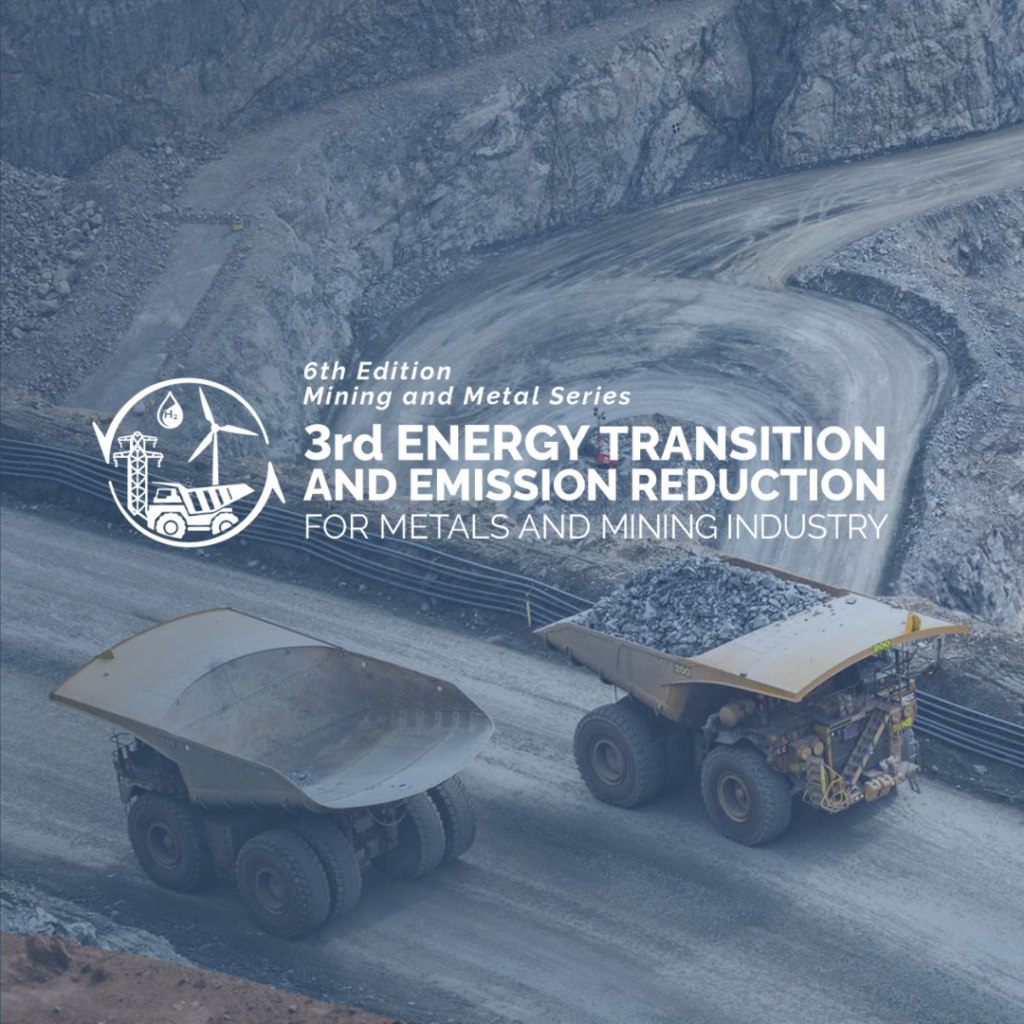
Future Bridge is proud to announce its third iteration of the summit for the Energy Transition and Emission Reduction for the Metals and Mining Industry. The event is designed to bring together key decision-makers and industry experts to scale up sustainability, decarbonize existing operations and keep the industry growing. Mining and metals will be vital to the world’s electrification efforts, so leaders need to ensure the future growth of the industry.
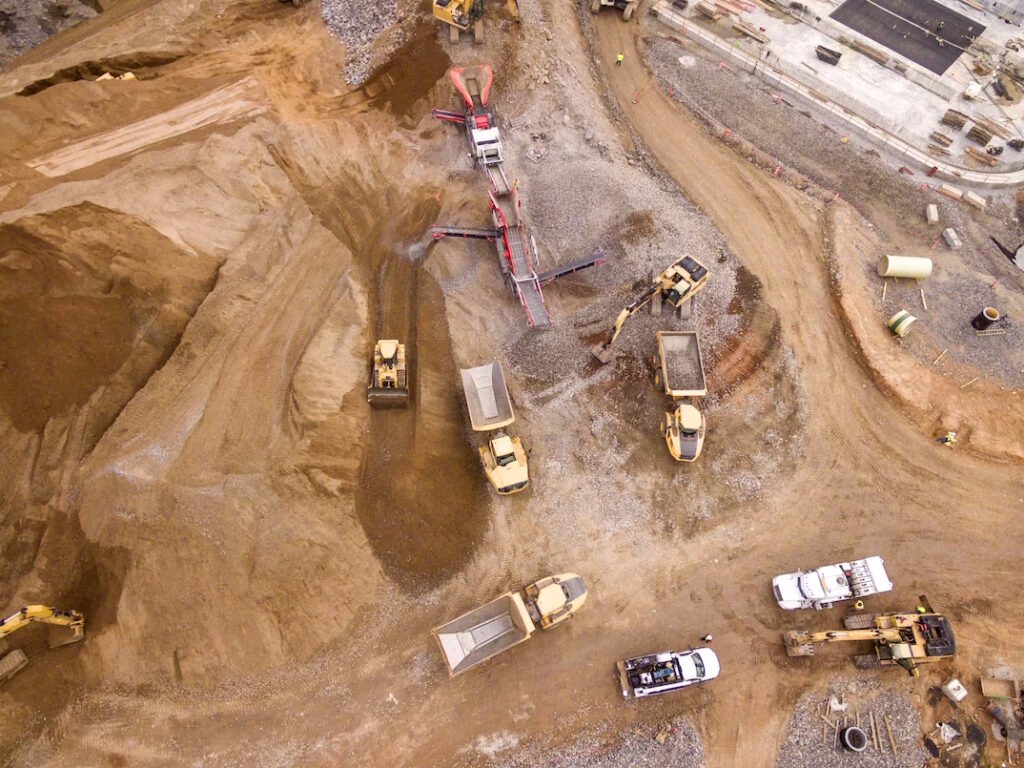
The way operations are conducted will have to change. The mining industry has got to evolve and embrace new technologies and practices that minimize its environmental impact. In this post, we will explore the future of mining and the advancements in technology and sustainability that are driving this change. Technology has a long history of making the mining industry better across all fields, from efficiency and productivity to safety. So let’s look over some of the more relevant technological improvements.

While most discussions of pollution focus on CO2 emissions or very clear run-offs of chemicals, most operations create a number of other outputs that can be considered harmful. Light, noise, and even dust, for example. Transportation, logistics, mining, and other industries tend to generate a lot of dust during operations that spread to nearby areas. So how can the technologies of the 21st century, like smart manufacturing, help?

The push to decarbonize brings a number of pressures to bear on the mining industry. The logistical cost of extraction and transportation already exceeds the emissions of some entire industries, but mines take other tolls on the environment. Even when a mine closes, steps must be taken to ensure that the area is not ruined or contaminated. It’s vital that industry leaders learn the best methods and technologies that help rehabilitate mine sites upon closure.
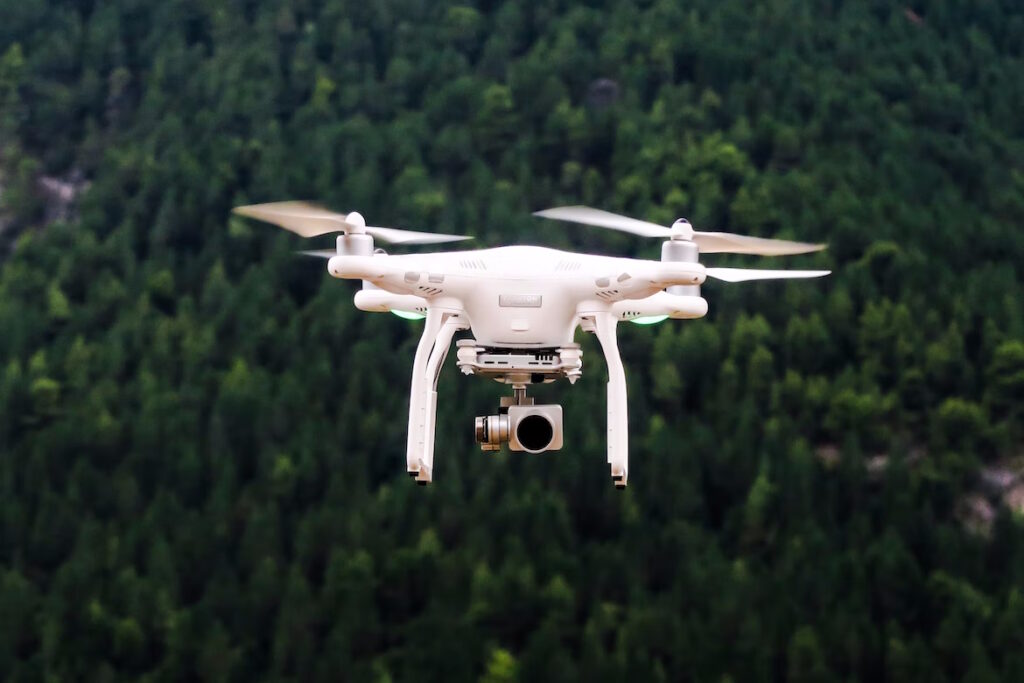
Exploration has always been an essential part of mining. Metals and minerals have to be located before they can be extracted, a process that is time-consuming and difficult, as these things tend to be hidden underground. With the increasing demand for natural resources, exploration has become even more critical for mining companies to keep up with demand. So the industry needs to learn about modern technologies that can help during the exploration stage.
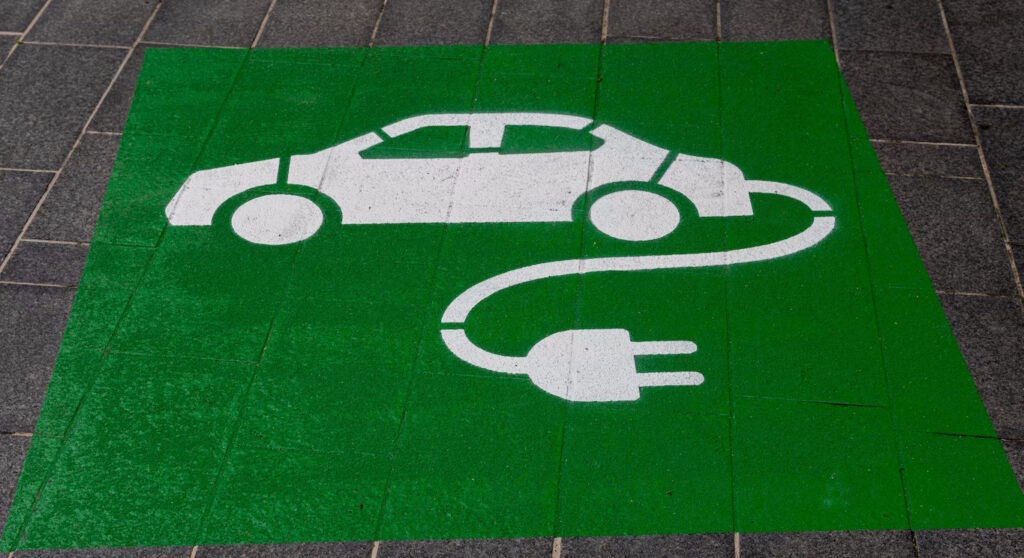
Decarbonization isn’t just about removing certain kinds of fuels, engines, and vehicles. It’s also an additive process, as many industries will switch to electric and other green alternatives. The bottom line is that the world is going to need exponentially more eclectic infrastructure, batteries, and other devices. The primary source of raw materials will be the mining industry, as manufacturers will need copper, lithium, and others to actually make the devices that will, literally, power the Green Energy Revolution.

The principles of good ESG are not new and not unique to the mining industry. But most industries also don’t come under the same scrutiny as mining. After all, from vehicle emissions to environmental disruption, mining does leave quite a literal impression on the landscape and communities near it. As a result, the industry needs to think about how it can be more sustainable and build better connections with the communities and governments it works with. It is also useful to take a look at some existing ESG initiatives practiced in the industry to see what can be expanded and improved.
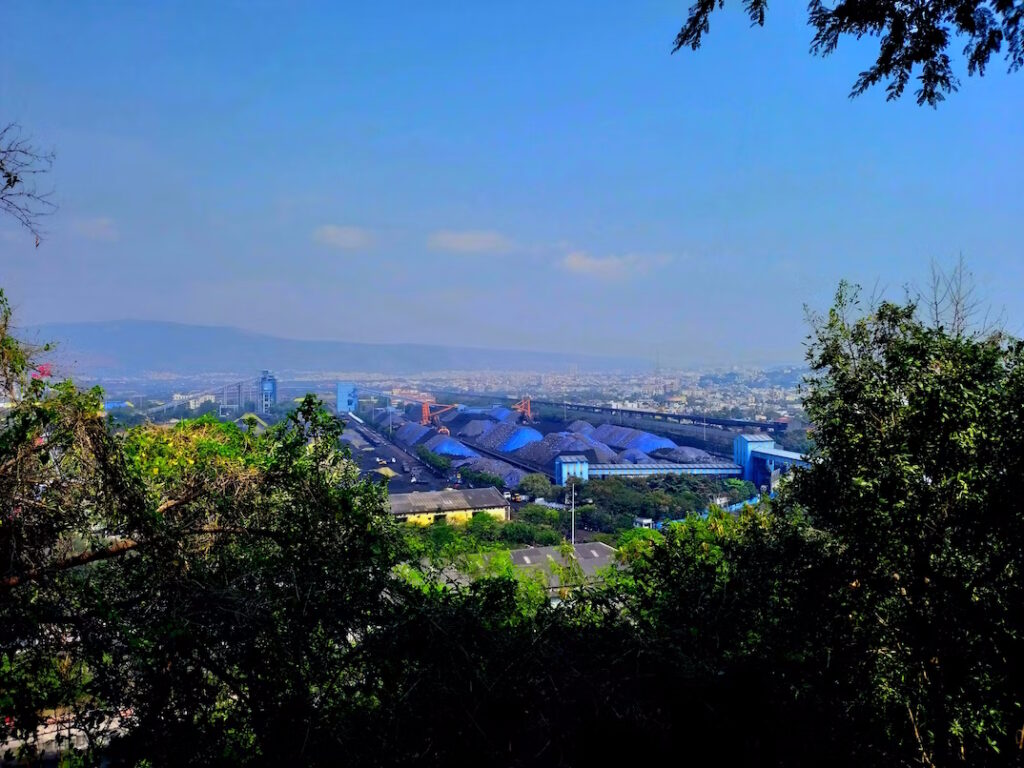
Mining projects often face opposition from communities that live in or near mining sites due to concerns about environmental dangers and other effects the site might have on their community. To mitigate these often valid concerns, mining companies need to engage with local communities to build trust, establish meaningful, reciprocity relationships, and ensure that mining projects are built and operated in a responsible and sustainable manner.
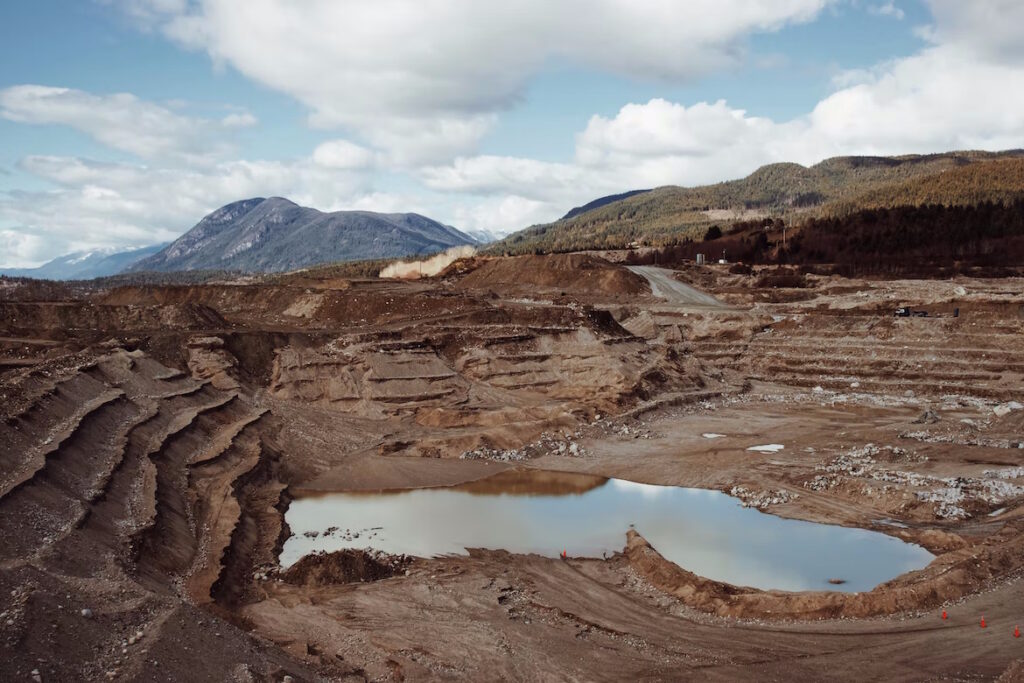
Mines exist where there are metals and minerals, this is a simple truth. So it’s no surprise that there are mining operations all over the globe, including in developing countries. In fact, the developing world actually has the majority of certain mineral and metal reserves globally. Take lithium, for example. Argentina, Bolivia, and Chile alone hold around 60% of the world’s reserves. This metal will be important later. In general, the developing world has a lot to gain from extracting these valuable metals, but there are a series of unique challenges ahead. So what are the challenges of future mining in the developing world, and do they counteract the opportunities?
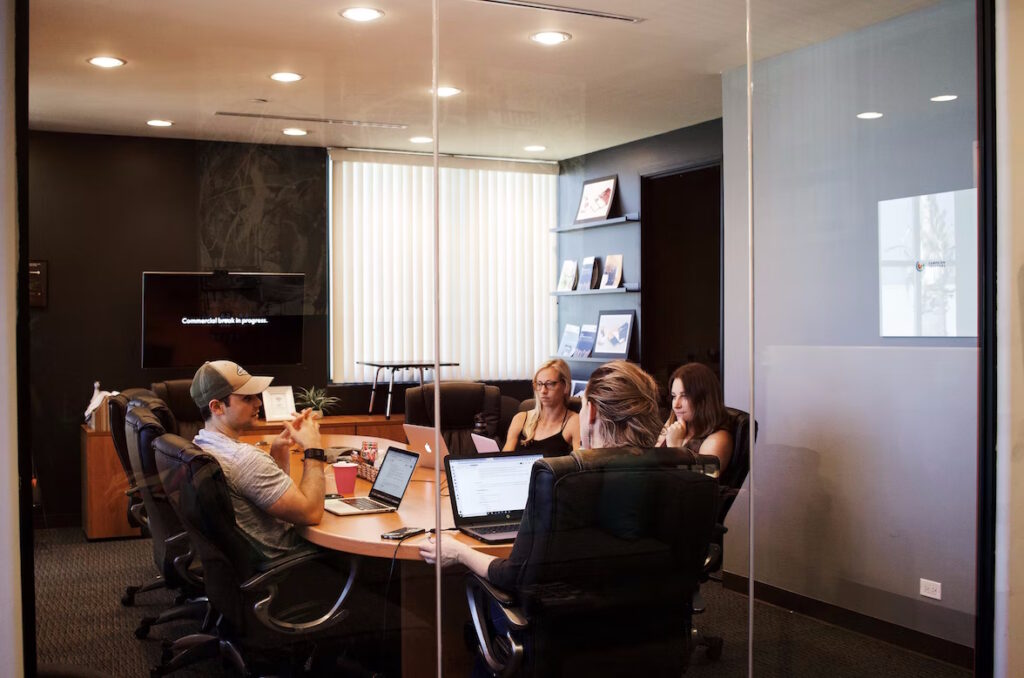
Mining has a reputation for being a boys club, a reputation it, unfortunately, has done very little to prevent. Women are underrepresented in all areas of the industry and consist of roughly 10% of the global mining workforce. As of writing this text, there are no female mining CEOs. As the industry goes forward, it needs to adapt to the future. Some studies show that diverse workplaces are more efficient and innovative. The ‘boys club’ reputation might also drive away skilled, female specialists who could have many positive contributions to a company.
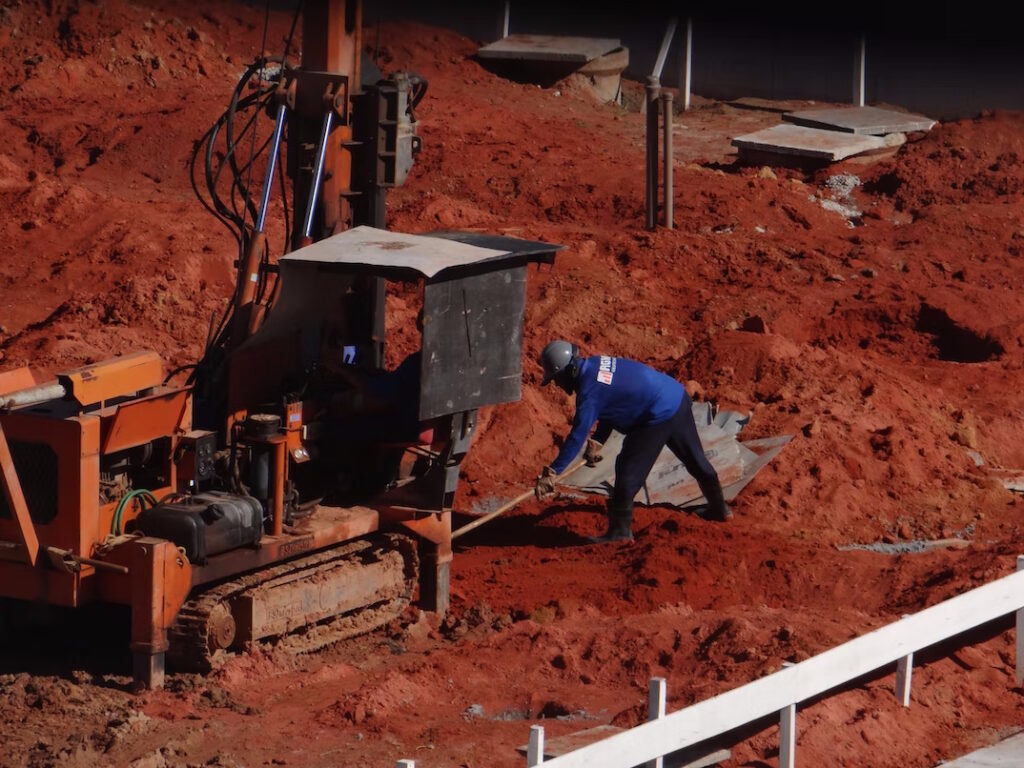
The global pandemic that started in 2020 (or 2019, technically) has left its scars on the worldwide economy. While the 2022 war in Ukraine is the focus of a lot of current research, it’s worth exploring exactly how the pandemic affected the dynamics and operations of mining companies around the world. There are some lasting effects, from the ‘aftershocks’ of price fluctuations to more unpredictable demand and disrupted supply chains. While Covid 19 might be an anomaly and not likely to repeat itself, it’s impossible to predict the future and companies would be wise to have some plans in place should a similar disruption strike again.
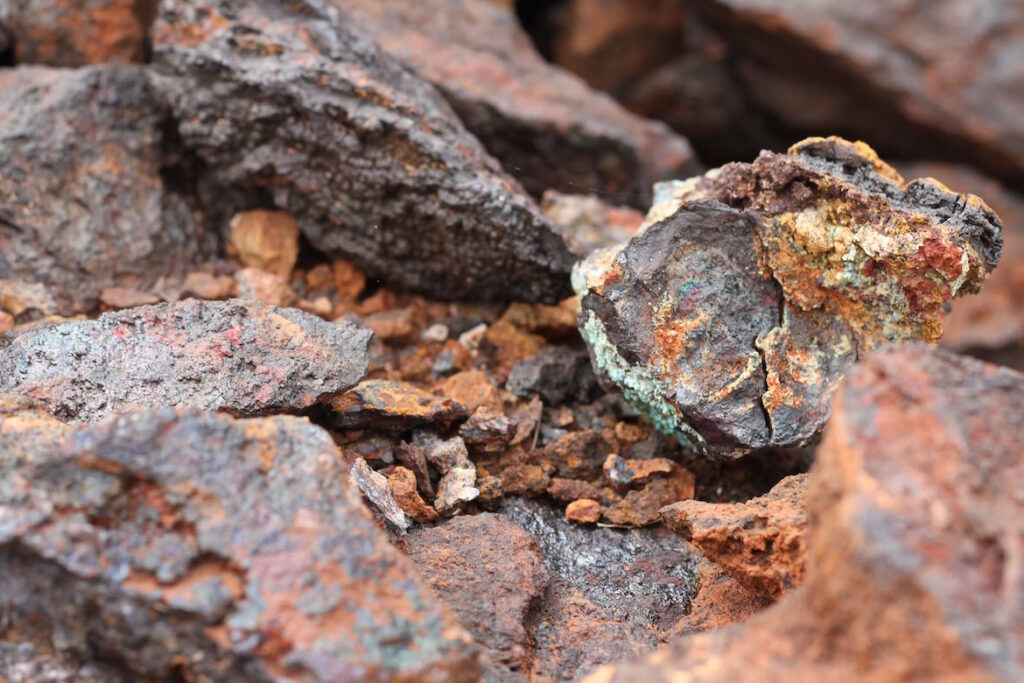
Mining has been an essential industry for centuries, providing the resources needed to fuel everything from construction and transportation to electronics and energy production. However, traditional mining practices have often been criticized for their negative environmental and social impacts. In recent years, there has been a growing push for the mining industry to adopt more sustainable practices that minimize harm to the planet and its people. At the same time, technological advancements are revolutionizing the way mining is conducted, allowing for greater efficiency, safety, and precision. In this blog post, we will explore the future of mining and how new technologies and sustainability practices are shaping the industry’s evolution.
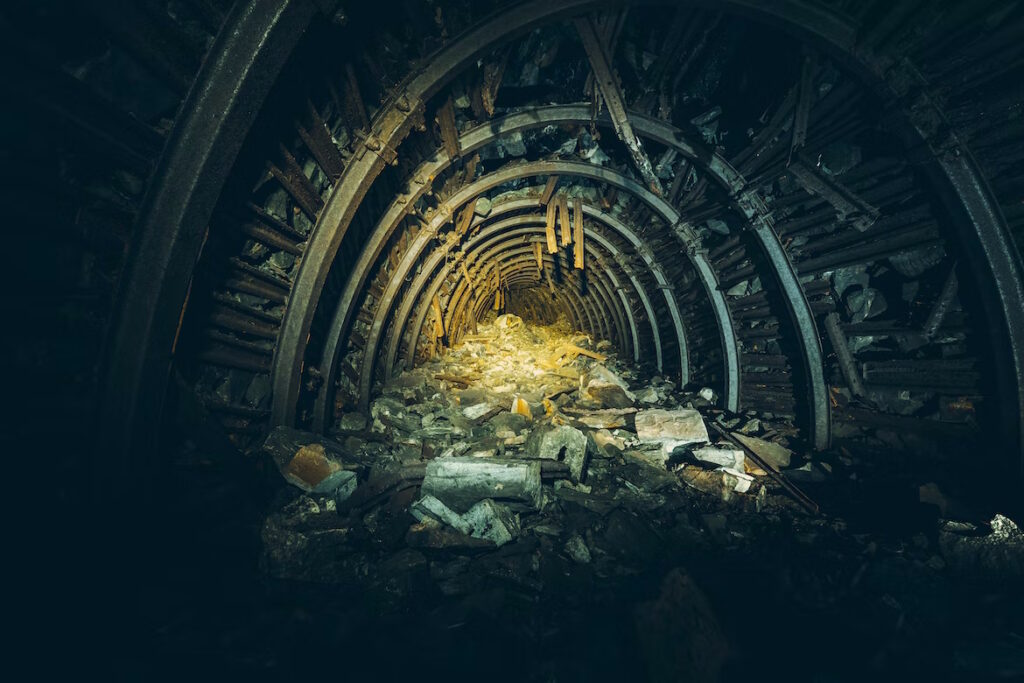
As the world increasingly grapples with the impacts of climate change, the mining industry has found itself under scrutiny for its significant contribution to greenhouse gas emissions. Mining CEOs, in particular, have a crucial role in addressing the industry’s carbon footprint and mitigating climate risks. Decarbonization and climate action have become crucial considerations for companies operating in the sector, as stakeholders, investors, and regulators demand more sustainable practices. In this blog post, we explore what every mining CEO should know about decarbonization and climate risks, the challenges they face, and the opportunities for sustainable innovation in the industry.
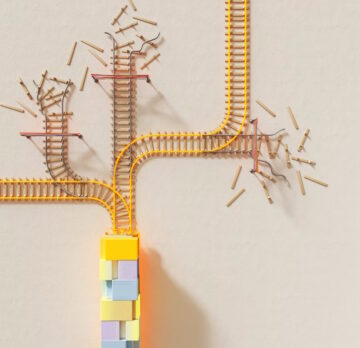
The use of AI in mining has revolutionized the way that companies approach everything from exploration and extraction to processing and transportation. This technology has made it possible to gather and analyze vast amounts of data in real time, allowing for faster and more accurate decision-making. From autonomous vehicles to predictive maintenance systems, AI has enabled mining companies to increase efficiency and productivity while reducing risk and environmental impact.
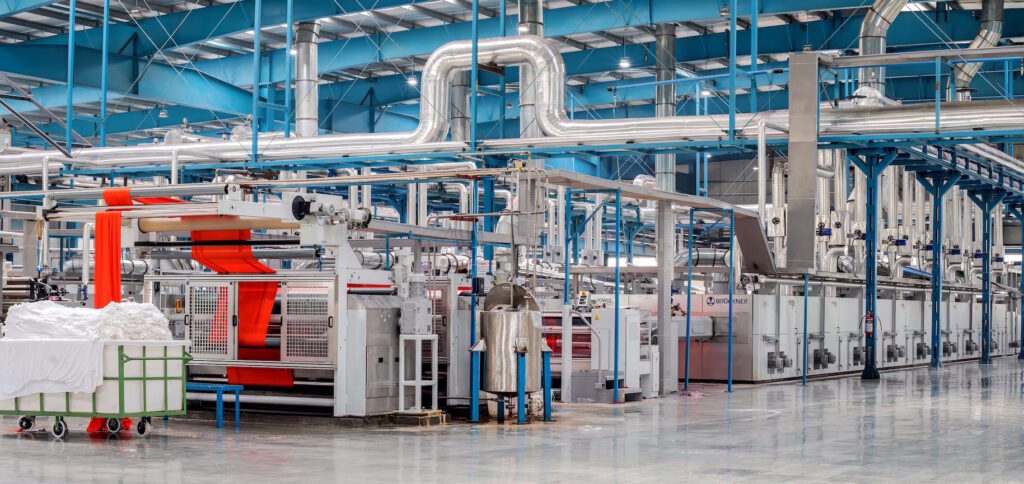
In recent years, there has been growing concern about the negative effects of dust pollution on our health and the environment. Dust pollution is a serious issue that can cause respiratory problems, allergic reactions, and even lung cancer. Traditional manufacturing methods have been known to contribute significantly to dust pollution levels, but with the rise of smart manufacturing, we have the opportunity to reduce these levels and create a healthier environment. In this post, we will explore how smart manufacturing can lower dust pollution levels and improve our quality of life.

As the world continues to grapple with the challenges posed by climate change, the need for sustainable and renewable energy sources has never been more pressing. Among the various alternatives, electrification has emerged as a promising solution for decarbonizing transportation and reducing greenhouse gas emissions. However, the widespread adoption of electric vehicles (EVs) has been hampered by the limitations of existing battery technology, which often relies on expensive, scarce, and environmentally harmful materials. This is where Fortescue’s new zero-emission battery systems come in. In this blog post, we will explore the potential of zero-emission battery systems to transform electrification and enable a sustainable, low-carbon future.
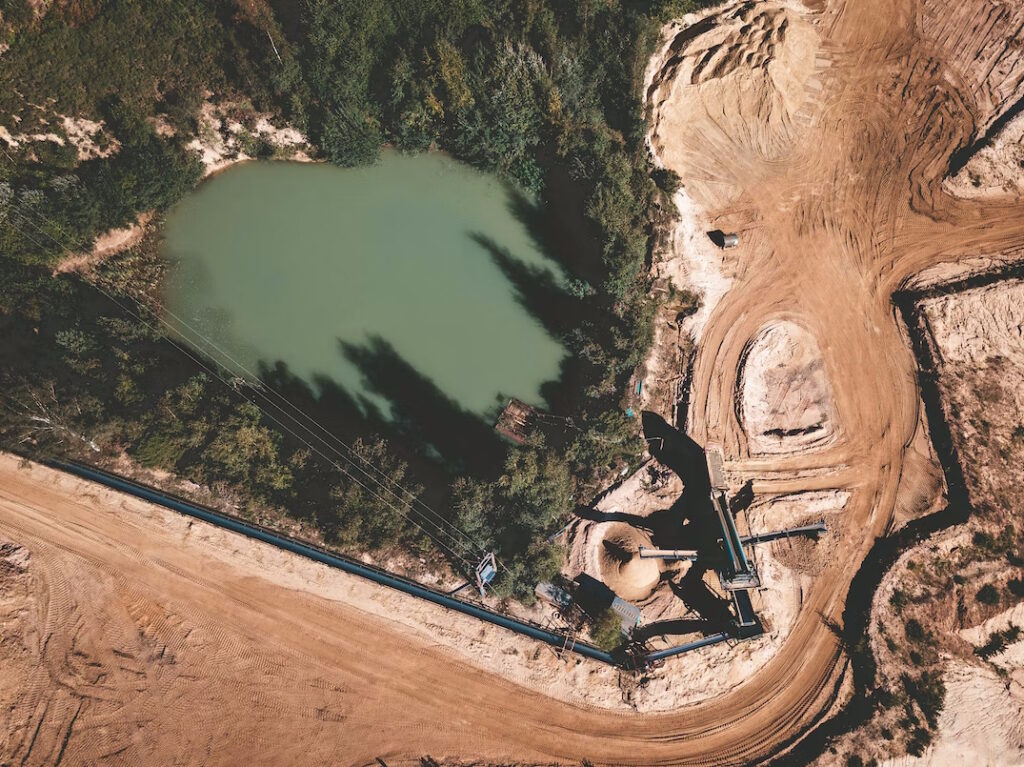
Climate change is one of the most pressing challenges facing the world today, and its impacts are being felt across all sectors of society. The mining industry, which plays a crucial role in providing the raw materials needed for various industries, is not immune to the effects of climate change. In fact, the mining industry is a significant contributor to greenhouse gas emissions, which are the primary driver of climate change.
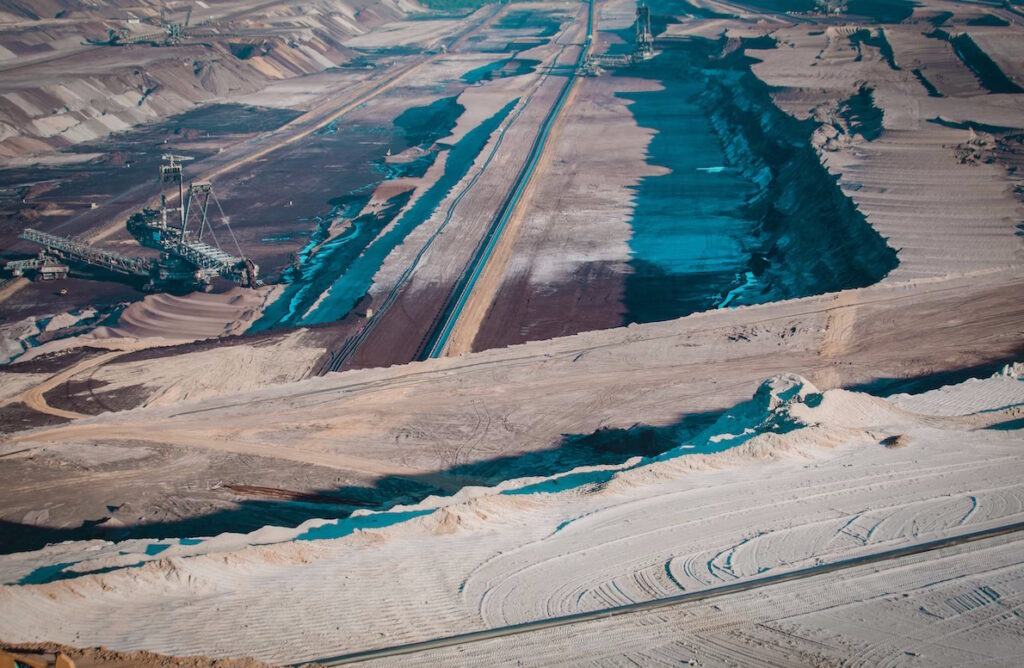
Climate change is one of the greatest challenges facing our planet today. As the world continues to warm, the impacts of climate change are becoming increasingly severe and wide-ranging. From extreme weather events to sea-level rise, the effects of climate change are being felt around the globe, and there is a growing consensus that urgent action is needed to mitigate its impact.
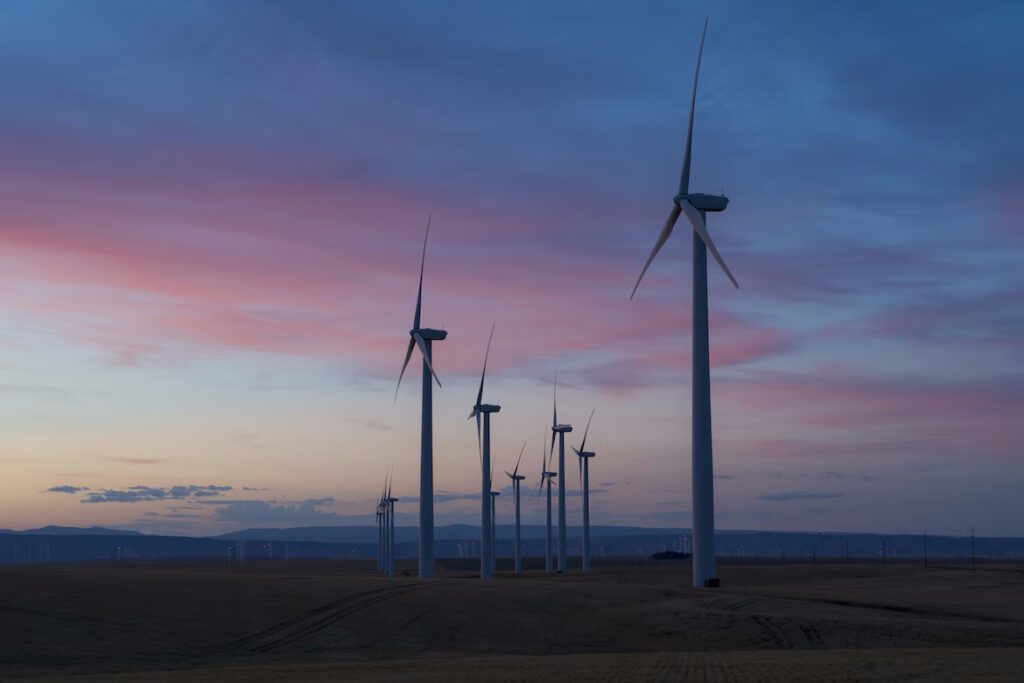
The concept of Net Zero refers to achieving a balance between the amount of carbon dioxide emitted and the amount removed from the atmosphere. The mining industry is one of the largest carbon-emitting industries in the world, responsible for about 4-7% of global greenhouse gas emissions. Achieving net-zero emissions in this sector would require significant changes in the way mining is done. However, the benefits for both the environment and the mining industry are substantial.
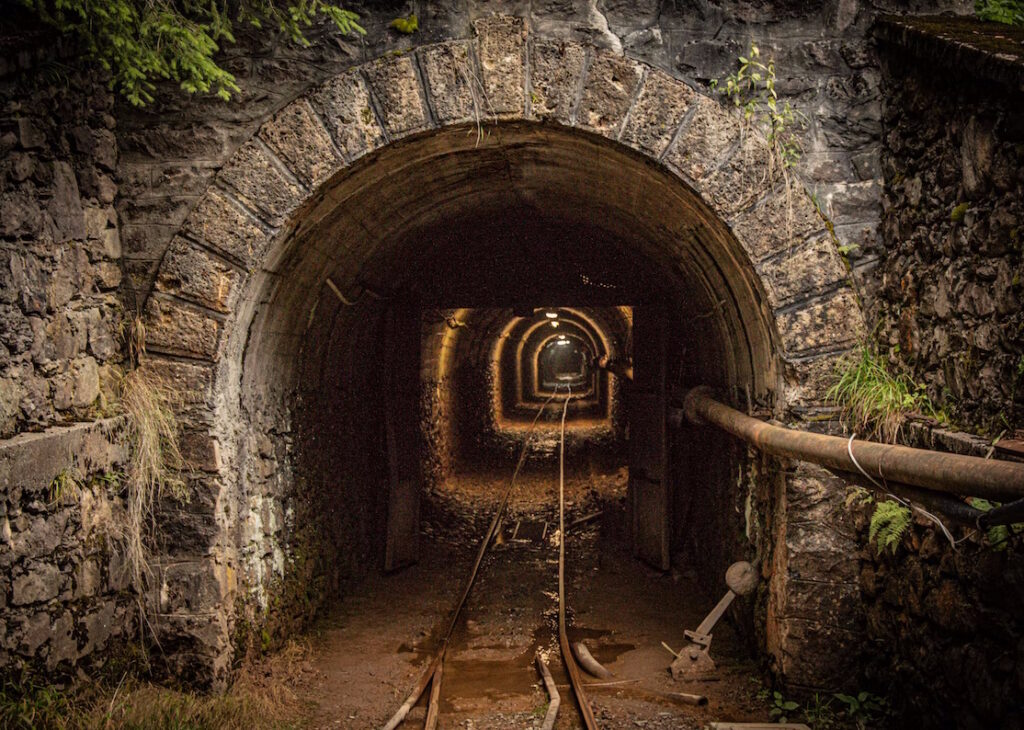
The mining industry has always been at the forefront of technological innovation, from the use of steam engines in the 19th century to today’s cutting-edge technologies like drones, robotics, and data analytics. In recent years, the industry has faced increasing pressure to become more sustainable, while still maintaining productivity and profitability. To meet these challenges, mining companies are embracing new technologies and trends that enable them to extract resources more efficiently, with minimal environmental impact, and lower costs. In this listicle, we will explore the top eight trends in mining technology this year. These trends include automation and robotics, data analytics and artificial intelligence (AI), drones, virtual and augmented reality, the Internet of Things (IoT), blockchain, advanced materials, and energy efficiency and renewables. By adopting these technologies, the mining industry is transforming the way it operates, improving safety, reducing costs, and increasing sustainability.
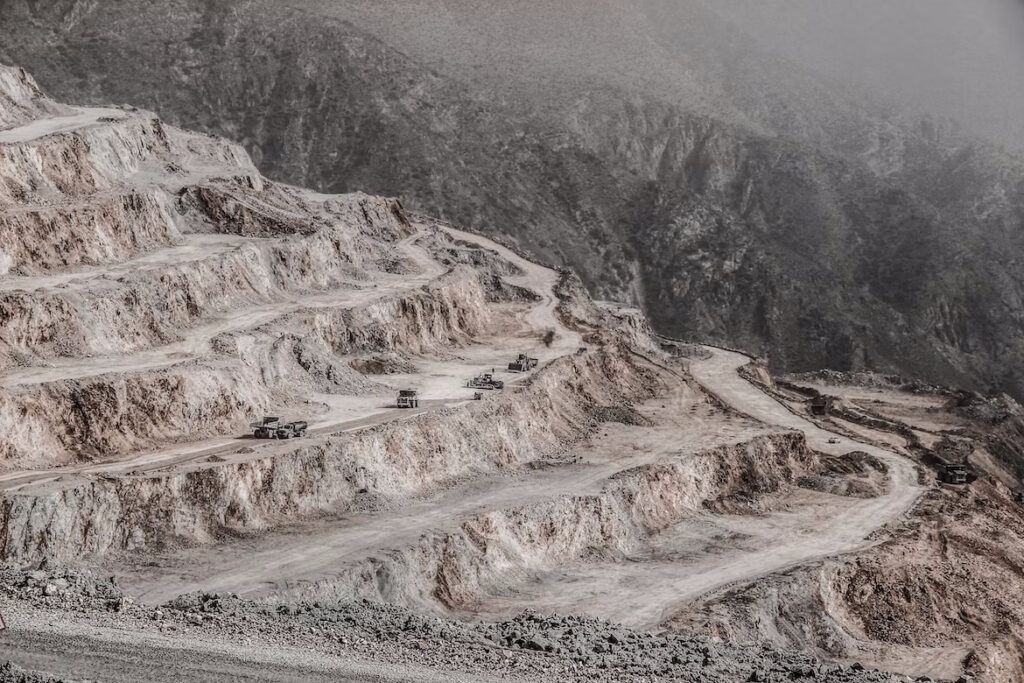
The launch of a global commission to raise mining sustainability is important because mining can have significant environmental and social impacts, including habitat destruction, pollution, and displacement of local communities. The commission can help address these issues by promoting sustainable mining practices that prioritize environmental stewardship, social responsibility, and economic viability. This can benefit both the industry and the wider community by ensuring that mining activities are conducted in a way that minimizes harm and maximizes benefits for all stakeholders.
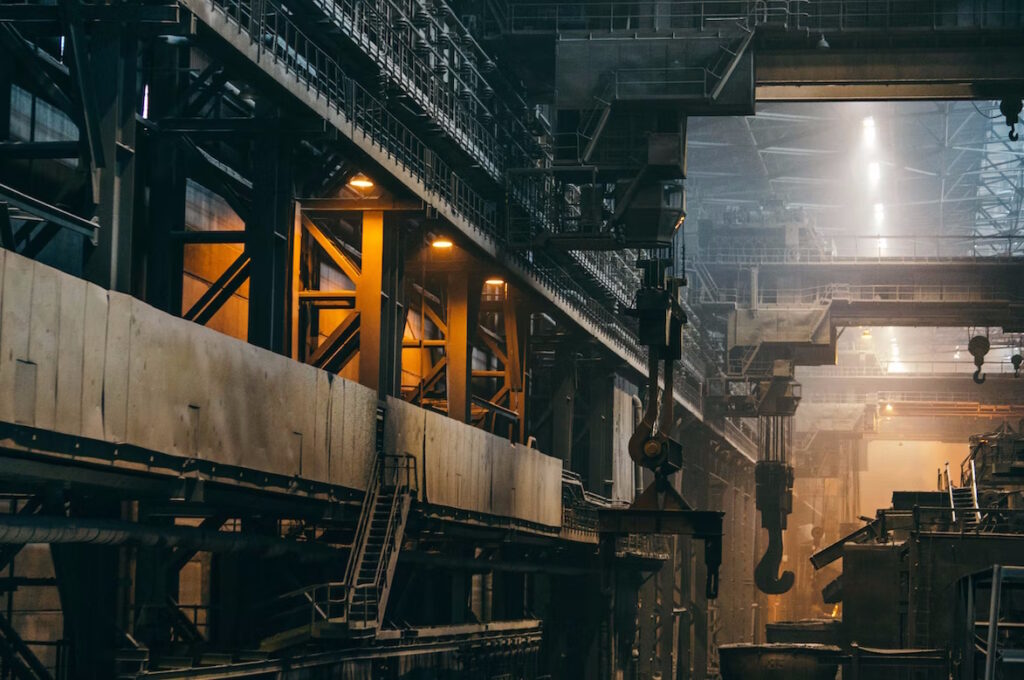
The Metso Outotec foundry at Prerov in the Czech Republic may need help, as the company evaluates the feasibility of operations. Energy and production costs are to blame for the foundry’s woes, to the point where it may have to be shut down for economic reasons.

Mining is a critical sector of the global economy, providing the raw materials that drive our modern society. However, traditional mining practices can have a devastating impact on the environment, depleting water sources, destroying habitats, and contributing to climate change. To address these concerns, a new approach to mining is gaining traction: green mining.

The oil and gas industries are major contributors to the world’s carbon emissions. The burning of fossil fuels such as oil and natural gas releases large amounts of carbon dioxide into the atmosphere, leading to global warming and climate change. With the growing awareness of the negative impact of carbon emissions on the environment, it is becoming increasingly important for the oil and gas industries to find ways to decarbonize their operations. In this post, we will discuss some of the ways in which the oil and gas industries can reduce their carbon footprint and become more sustainable.

As the world tries to phase out fossil fuels, the logical alternative is electric vehicles. As electric vehicles begin to replace traditional cars at scale, there will be an exponential growth in demand for batteries. We have already written about the opportunities facing the mining industry in the future here. Simply put, there will be a spike in demand for copper, lithium and other materials vital for electronics. This raises an important question: where will the world find these materials? The short answer? Africa. But first, why is this important?
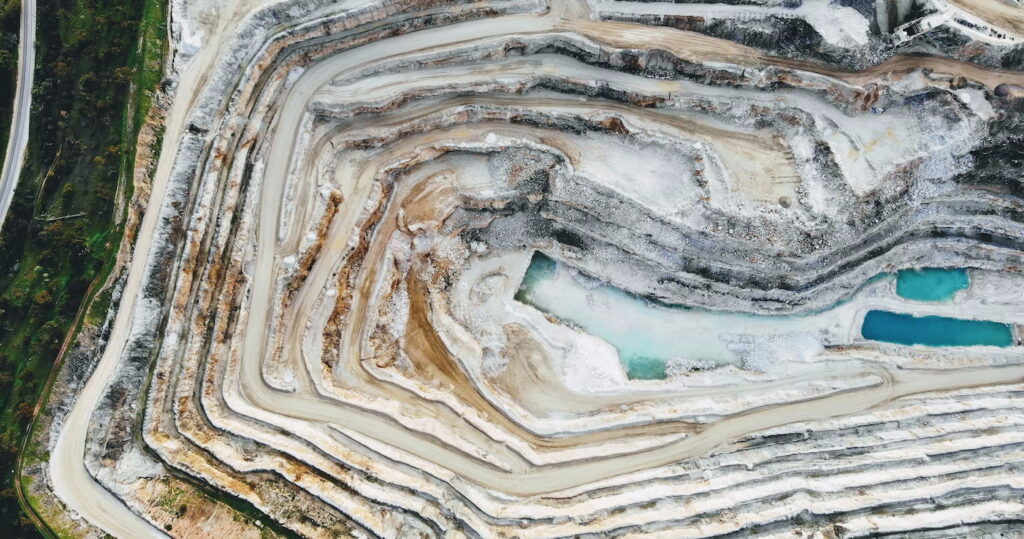
Europe is quite dependent on imports of minerals, including those from Russia and China. According to the European Commission, the European Union (EU) imports more than 80% of the minerals it needs for its industry, including critical minerals such as rare earth elements. China is the largest supplier of rare earth elements to the EU, followed by Russia. Now a new discovery in Sweden may change that.
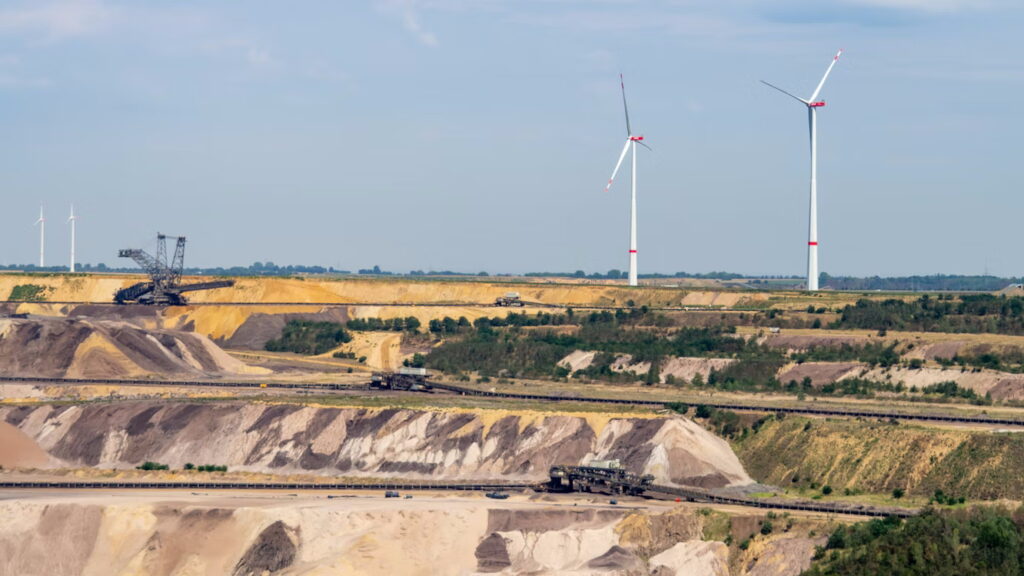
Sustainable mining is a topic that has gained increasing attention in recent years as the world becomes more aware of the impact of mining on the environment and communities. In 2023, there are a number of techniques and technologies that are being developed and implemented to make mining more sustainable and reduce its negative impact.

The future of the electric vehicle (EV) market is looking bright, with many experts predicting significant growth in the coming years. This growth is likely to have a significant impact on the mining industry, as the production of EVs requires a range of minerals and metals that are mined from the earth.

One of the main areas of concern in the mining industry is skilled labor. Nowhere is this issue more visible than in Australia. The industry faces a shortage of almost 24000 workers this year, without a clear answer of where they may come from. So why are Australian mines running out of workers?

The upcoming year will bring a host of new risks to the mining industry. Any company’s 2023 strategy will need to include environmental regulations, the clean energy transition, and political/economic upheaval. It is not all doom and gloom, however. Developments in AI, self-driving vehicles, and biofuels present companies with methods to cut emissions and limit costs. Demand for certain metals and materials may increase drastically in the future. So what are some of the main risks and opportunities in 2023?

This November, the Finnish government has included a number of reforms for its mining industry. Chiefly, the government would levy a 0.6% royalty on a number of metallic minerals. Industrial minerals would also be taxed, at 0.2EUR per tonne. Additionally, the Industry would have an increased tax liability. Any company extracting minerals from Finnish bedrock would fall under this category. If the proposed reform passes, it would come into force in 2024, though there is some discussion of earlier implementation. So what should companies know?
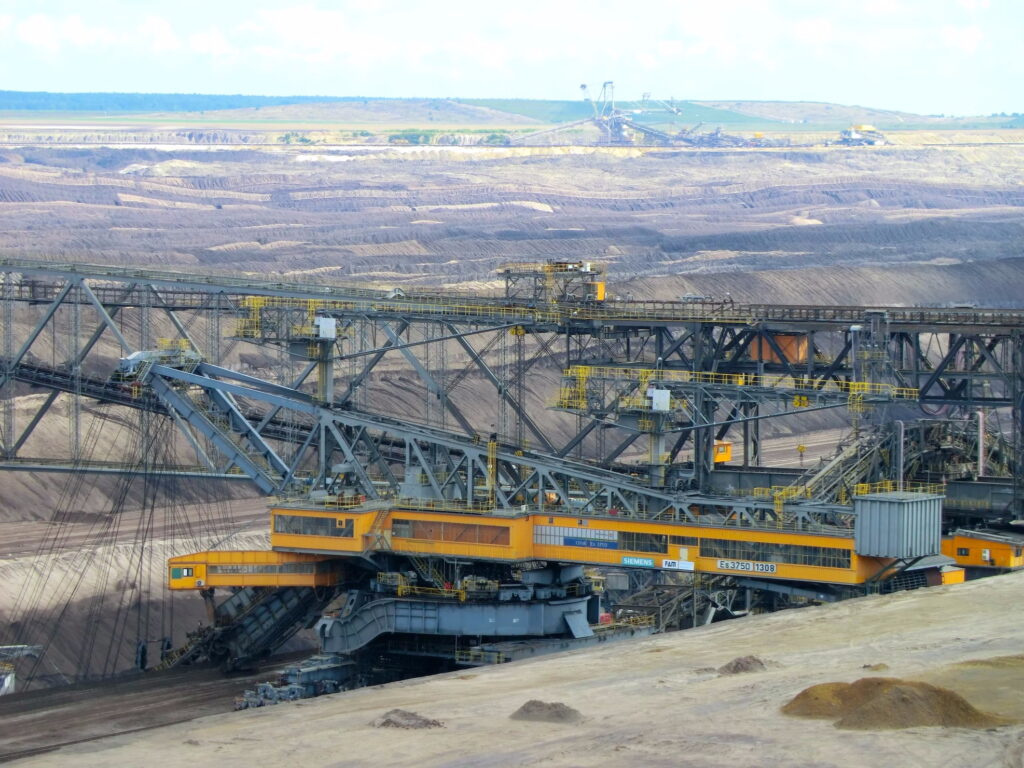
The mining and metals industry is in a unique position. The world moves towards decabonization and limiting GHG emissions, but the demand for metals is growing. Decarbonization without electrification appears impossible. Electrification needs copious amounts of metals and minerals. As a result, the mining industry needs to seek out ways to increase efficiency while still limiting its carbon footprint. Enter digitalisation. Modern innovations in AI and general digital technology can now allow mines to upgrade their efficiently without major equipment overhauls. So let’s take a closer look at some of the technologies helping miners today.
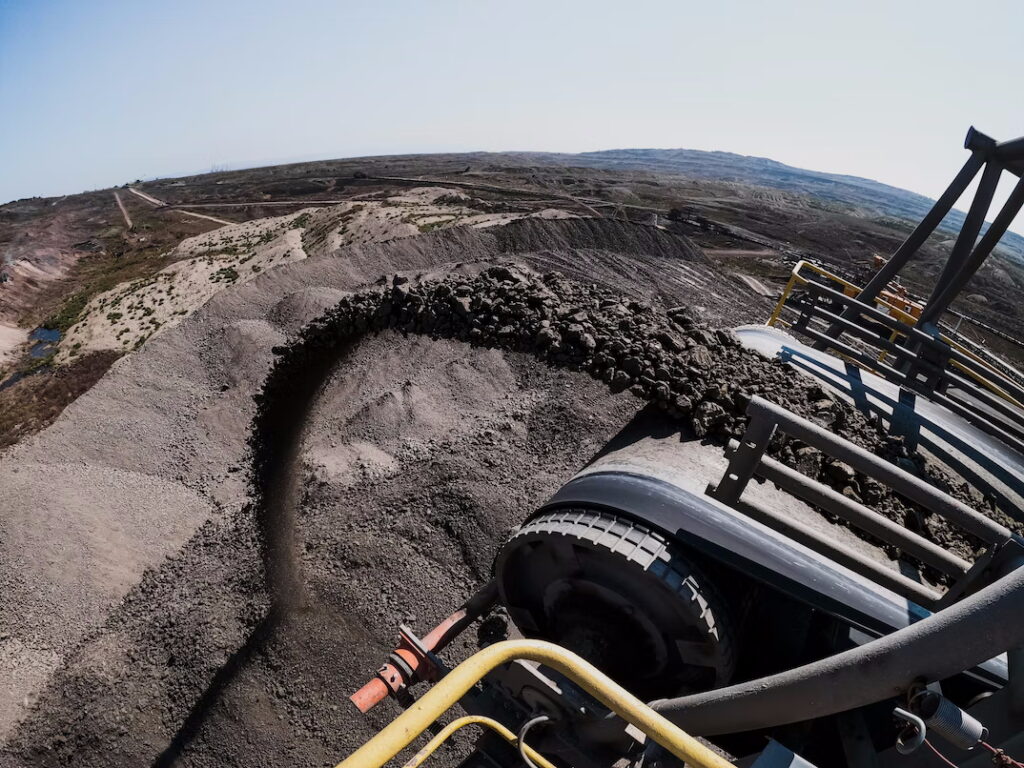
Since the 18th century, coal has had a vital role in industrial production, energy, and heating. Even today, this fossil fuel is responsible for the majority of Asia’s energy production, led by China and India. Yet, as a fossil fuel, it is becoming increasingly regulated and costly to use. GHG emission regulations are ramping up globally and it seems that coal lacks any long-term perspectives. Despite this, demand and prices have been on their way up since 2021. So what is the future of coal in 2023?
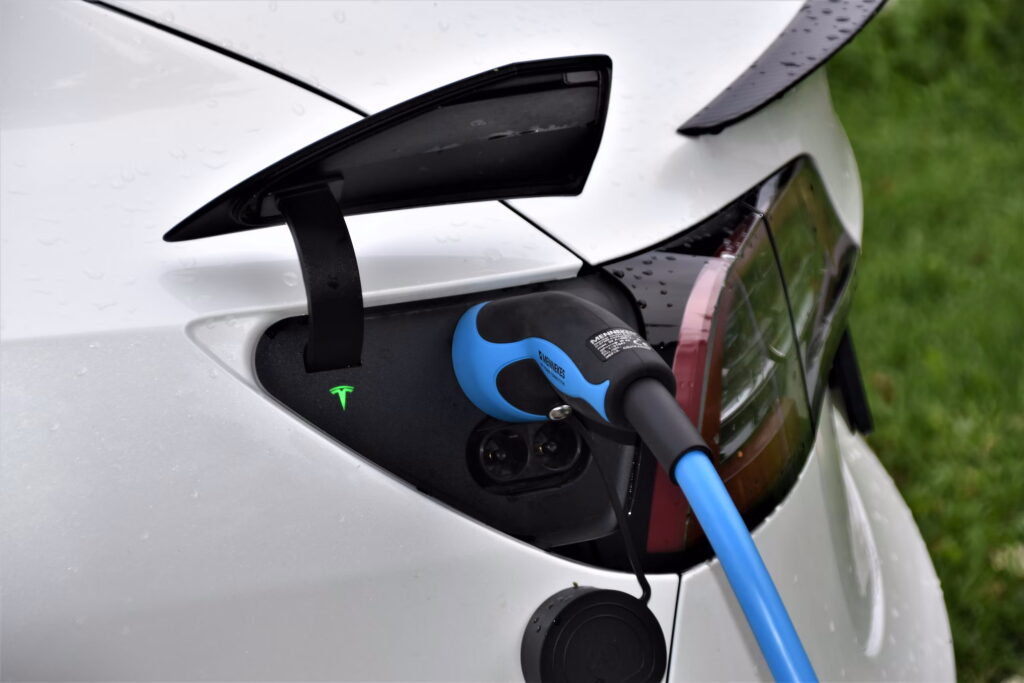
The world is seeing a unified push to discard fossil fuel power in exchange for sustainable energy. Electric cars, hydrogen-cell ships, and solar power are all examples of technology and innovations prompted by this revolution. As the world transitions to electric vehicles, the demand for metals and minerals is set to skyrocket.
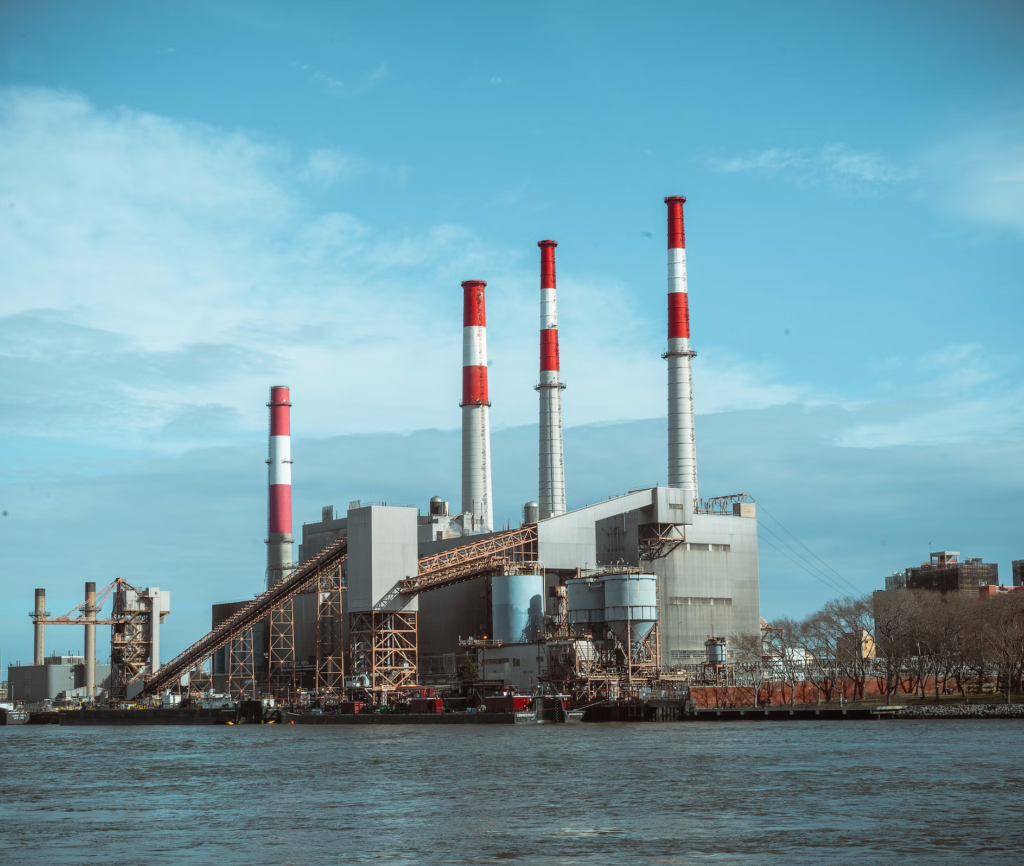
Before the average person interacts with it, crude oil has to be processed into one of the many materials we use every day. Gasoline, plastic, and even jet fuel all begin as raw material that is pumped from the earth. So where are the largest refineries in the world?

Elen Toodu works for Sandvik Mining and Rock Solutions, known for offering world-class equipment for underground mining and surface drilling rigs. Elen is a part
| Cookie | Duration | Description |
|---|---|---|
| cookielawinfo-checkbox-analytics | 11 months | This cookie is set by GDPR Cookie Consent plugin. The cookie is used to store the user consent for the cookies in the category "Analytics". |
| cookielawinfo-checkbox-functional | 11 months | The cookie is set by GDPR cookie consent to record the user consent for the cookies in the category "Functional". |
| cookielawinfo-checkbox-necessary | 11 months | This cookie is set by GDPR Cookie Consent plugin. The cookies is used to store the user consent for the cookies in the category "Necessary". |
| cookielawinfo-checkbox-others | 11 months | This cookie is set by GDPR Cookie Consent plugin. The cookie is used to store the user consent for the cookies in the category "Other. |
| cookielawinfo-checkbox-performance | 11 months | This cookie is set by GDPR Cookie Consent plugin. The cookie is used to store the user consent for the cookies in the category "Performance". |
| viewed_cookie_policy | 11 months | The cookie is set by the GDPR Cookie Consent plugin and is used to store whether or not user has consented to the use of cookies. It does not store any personal data. |